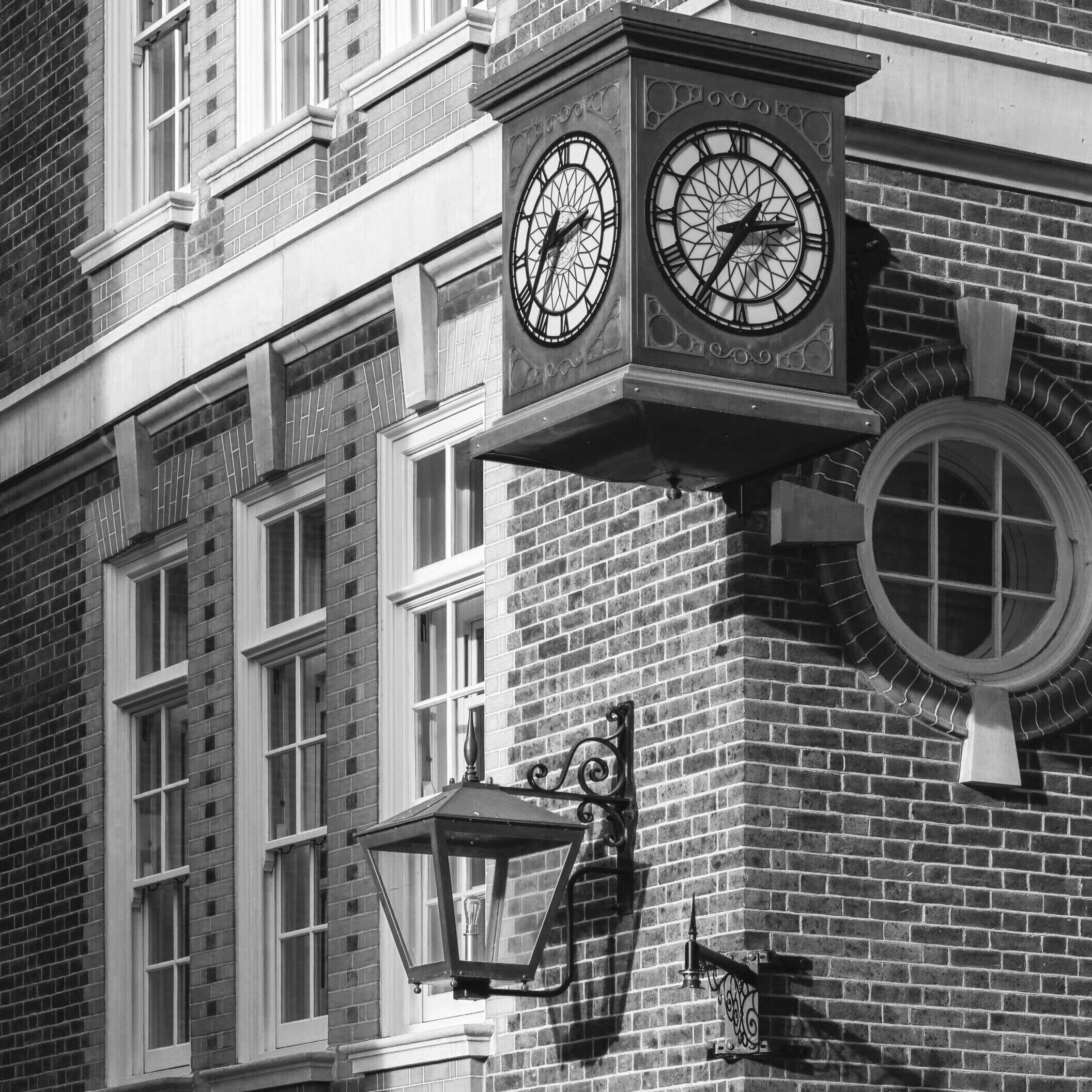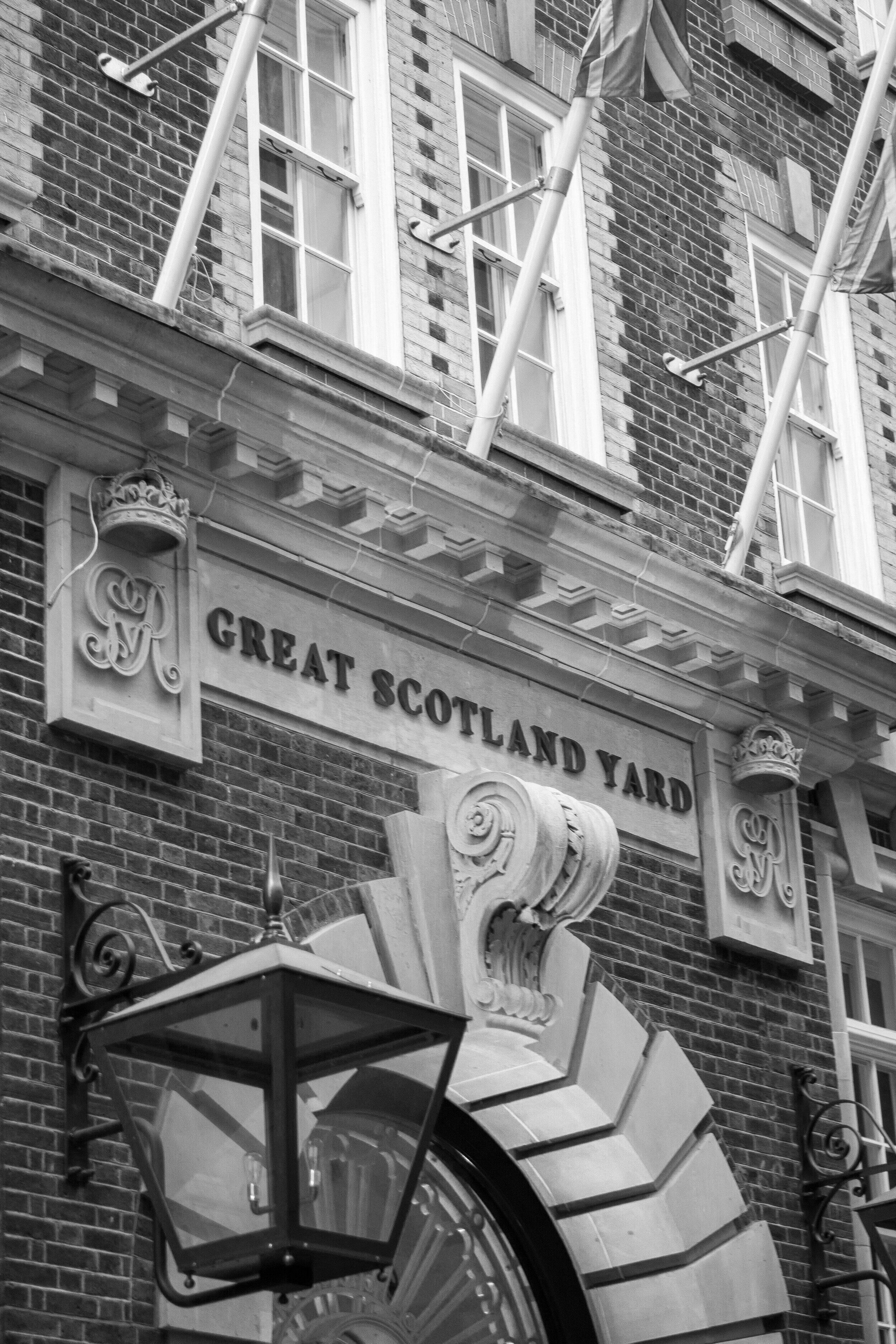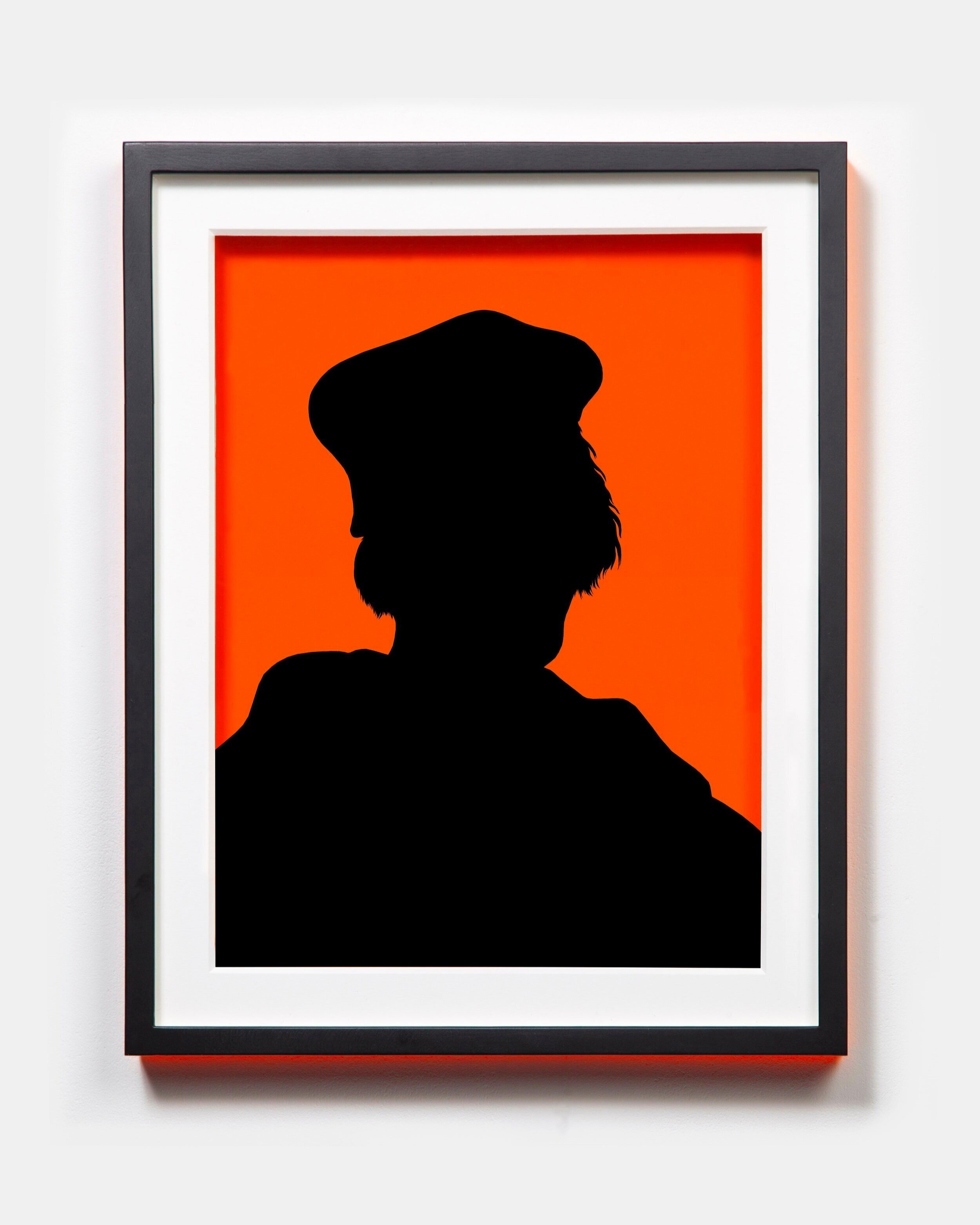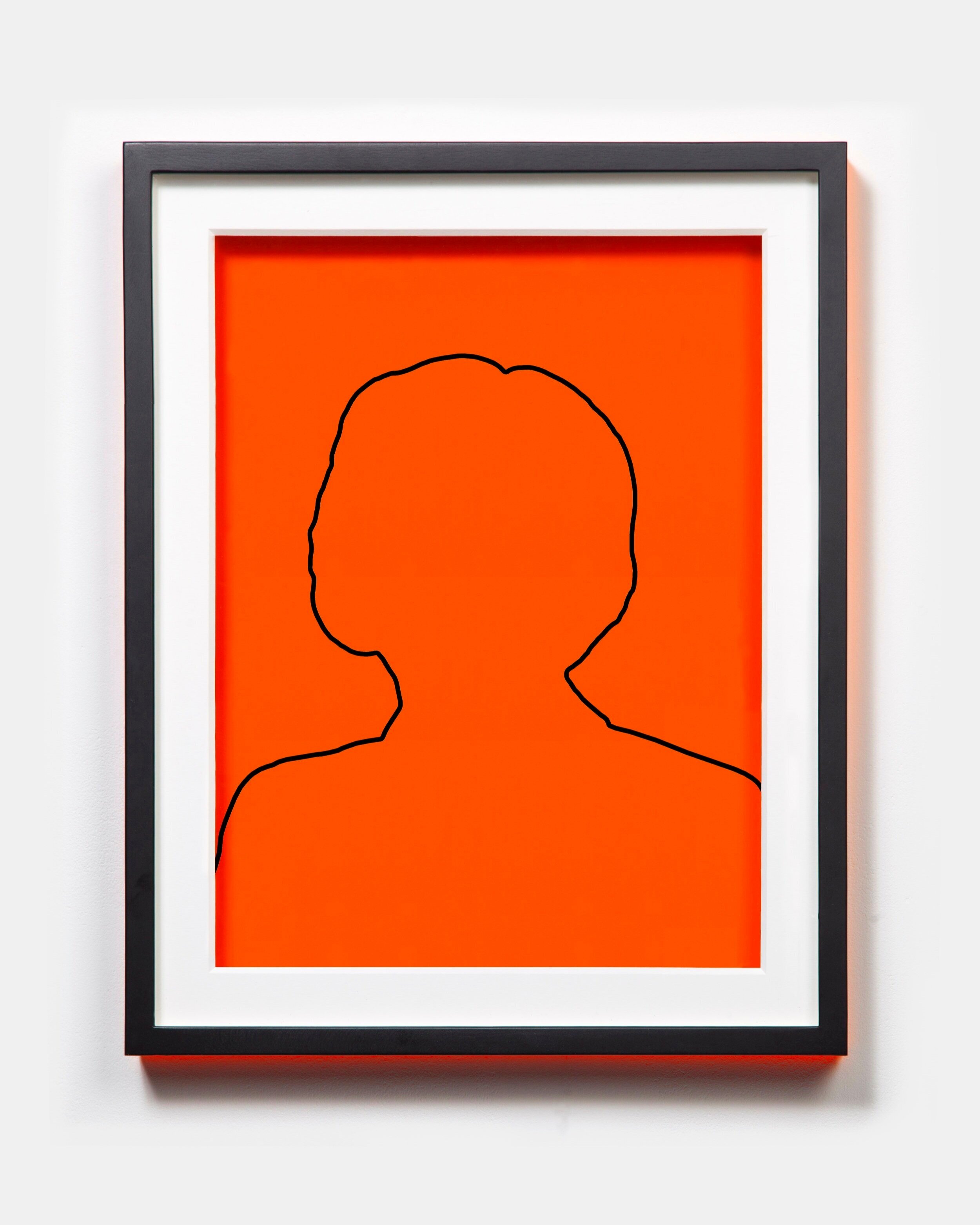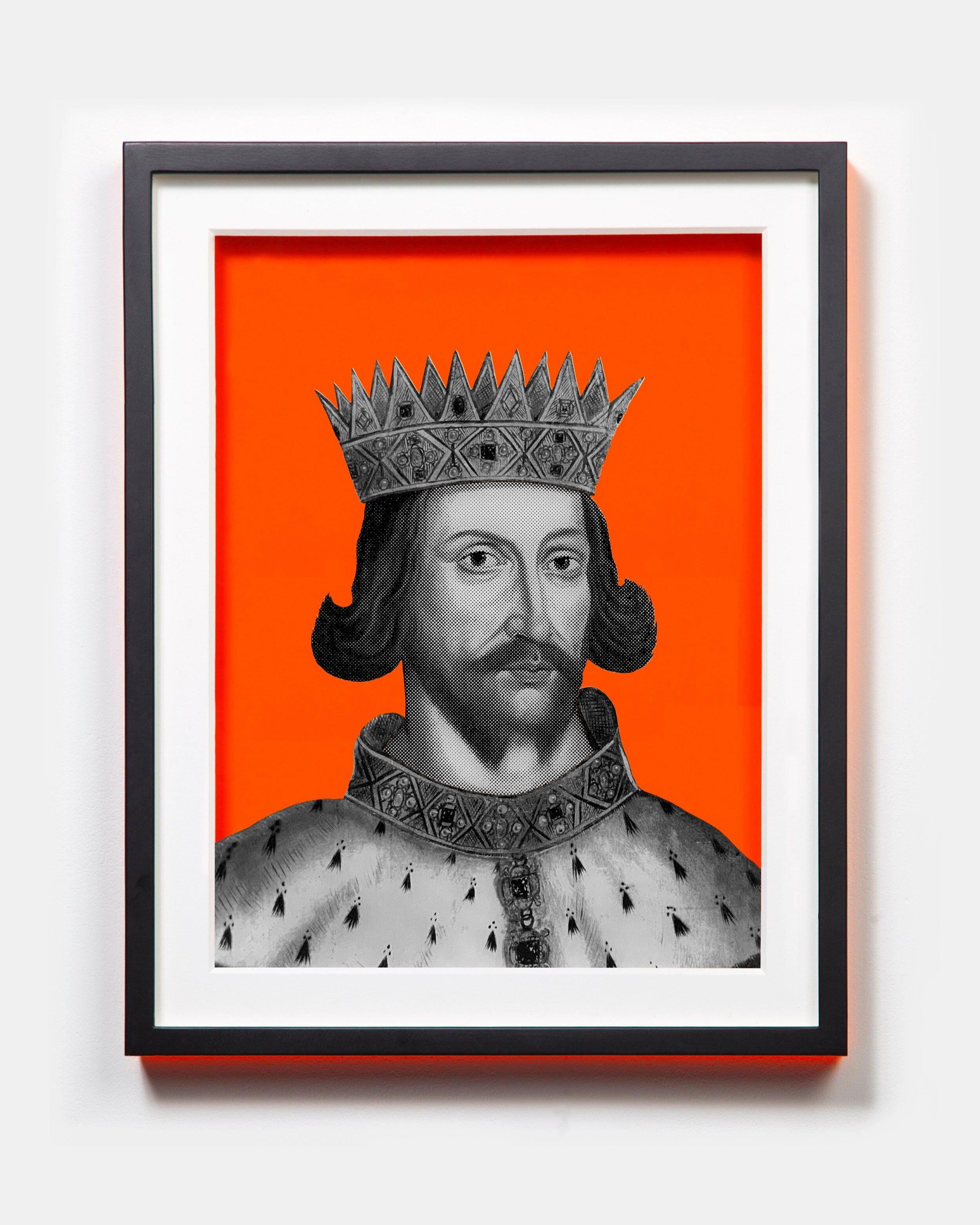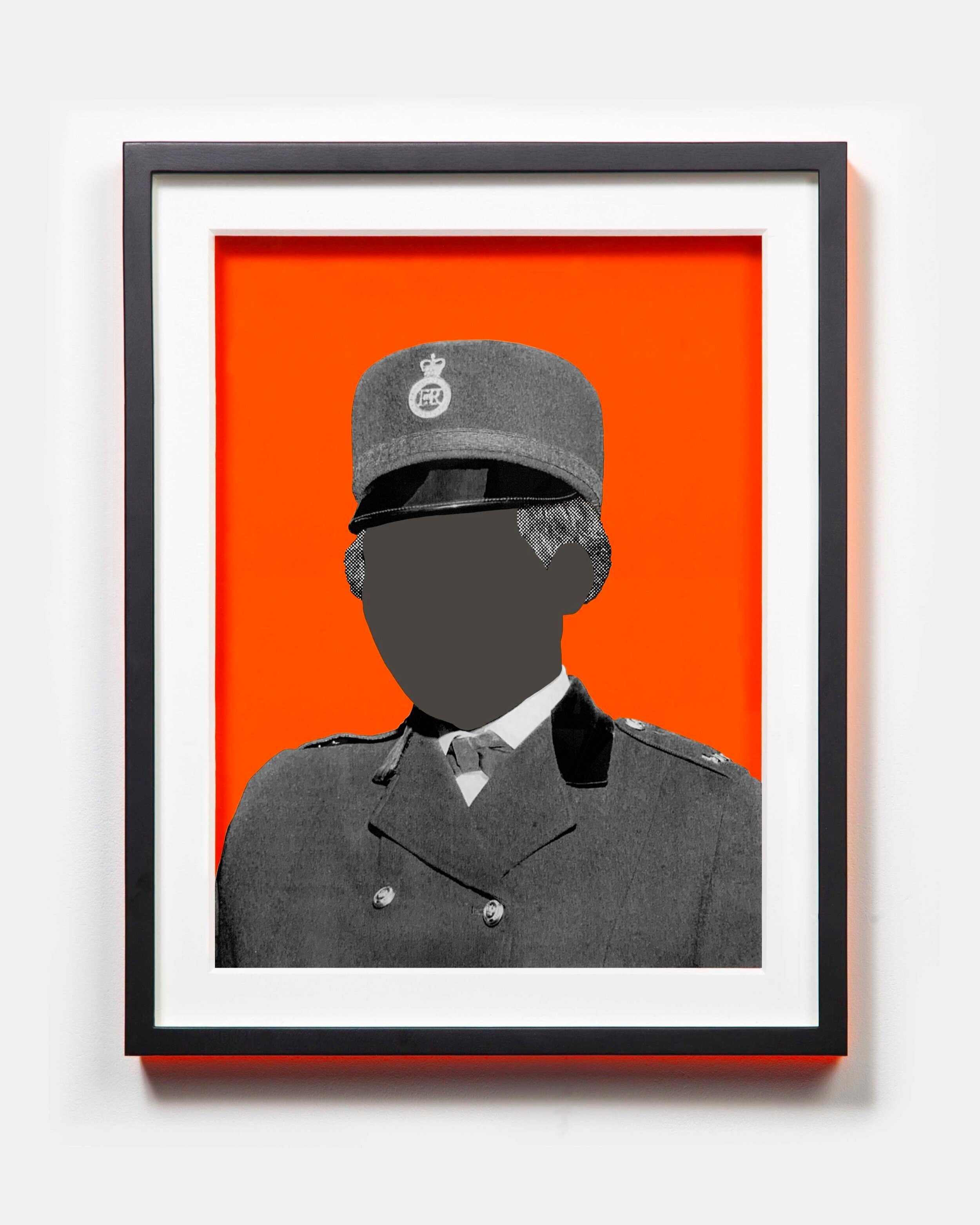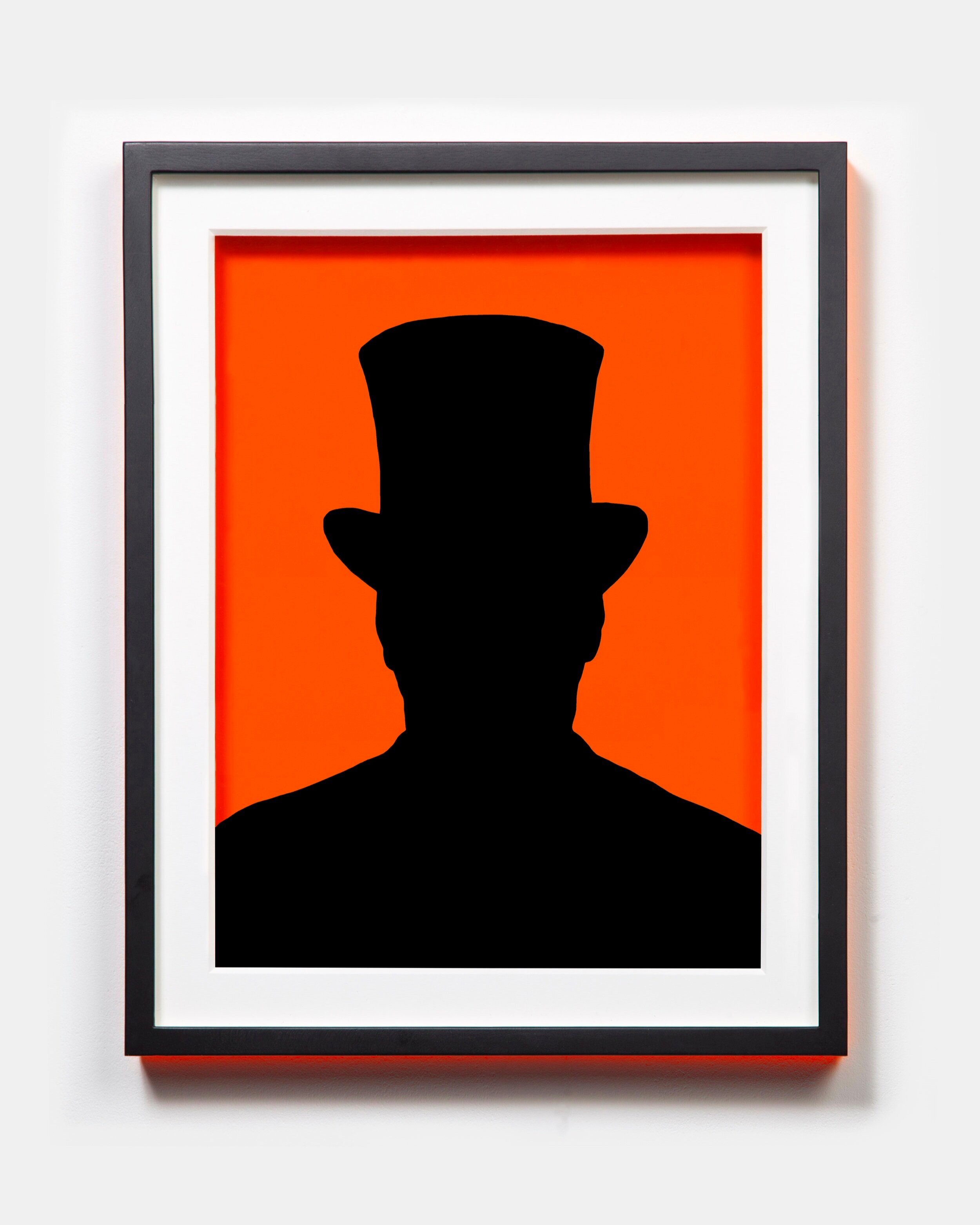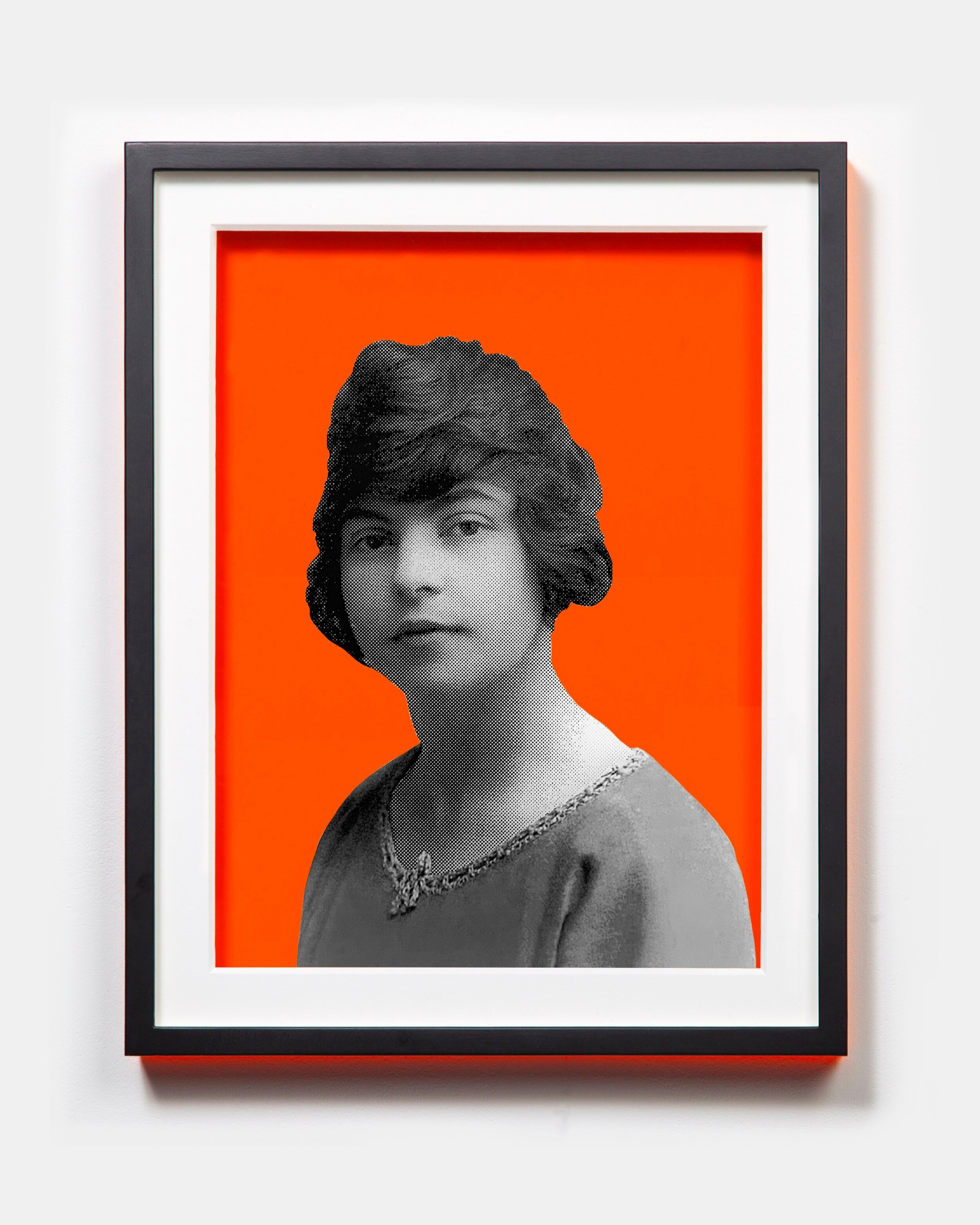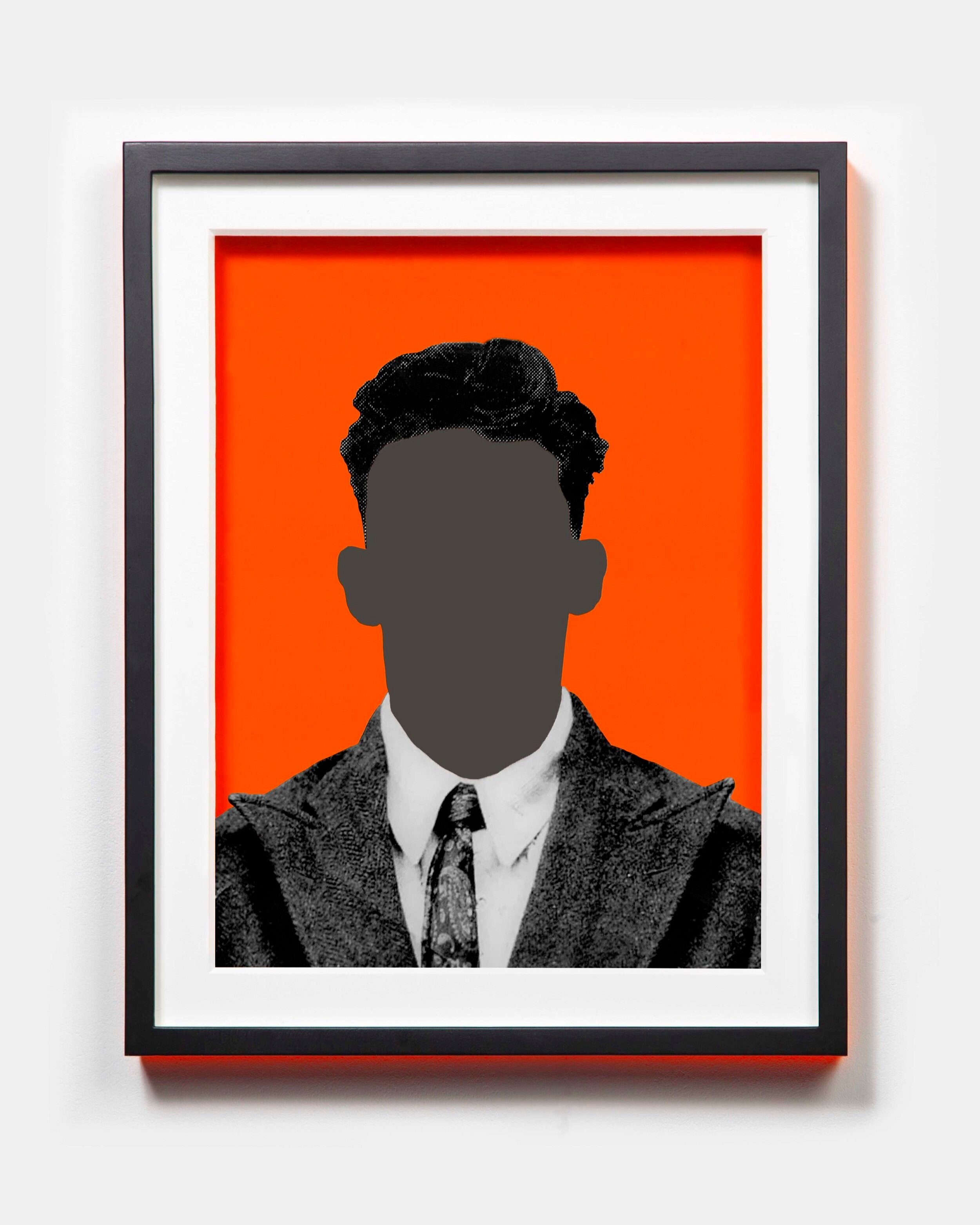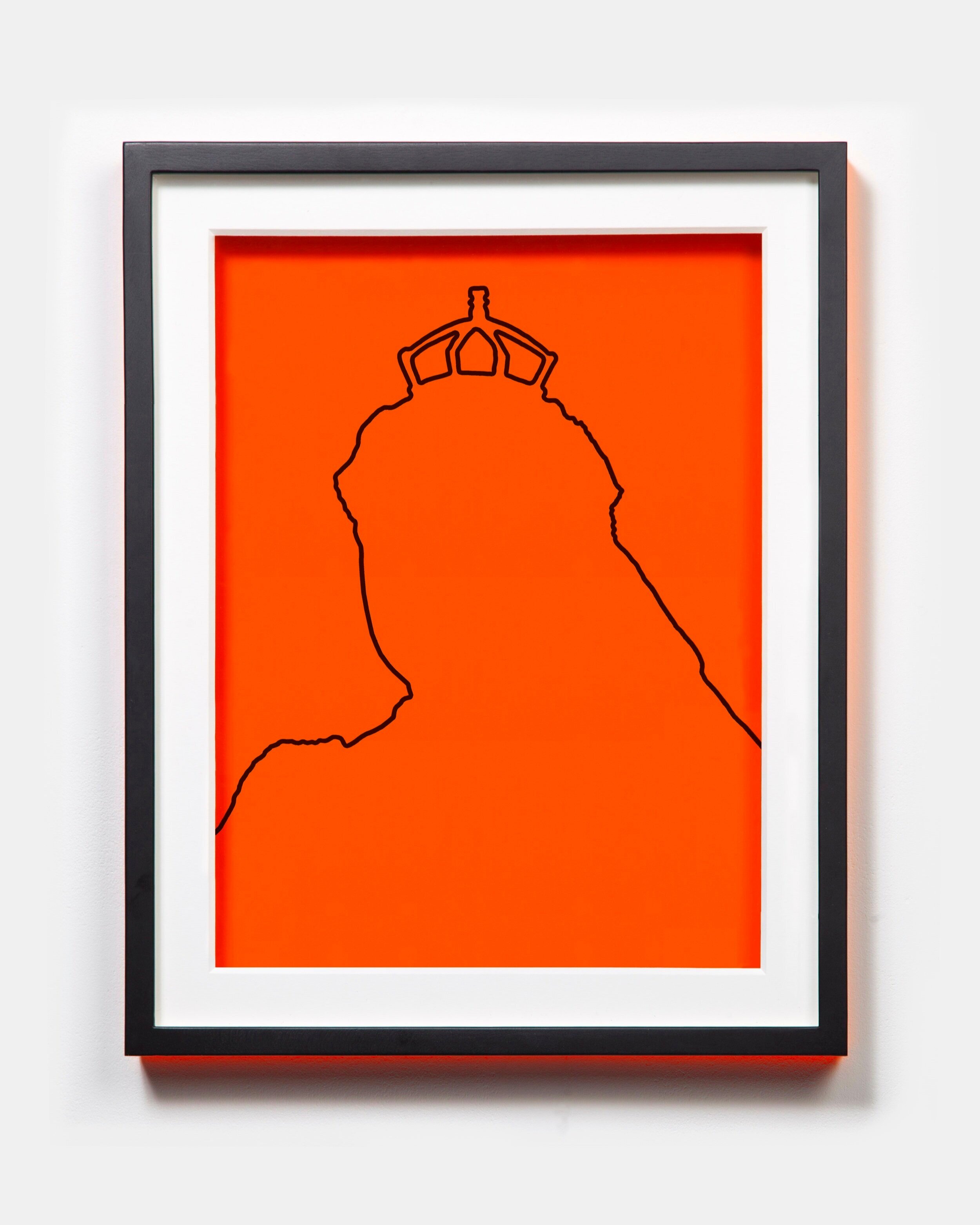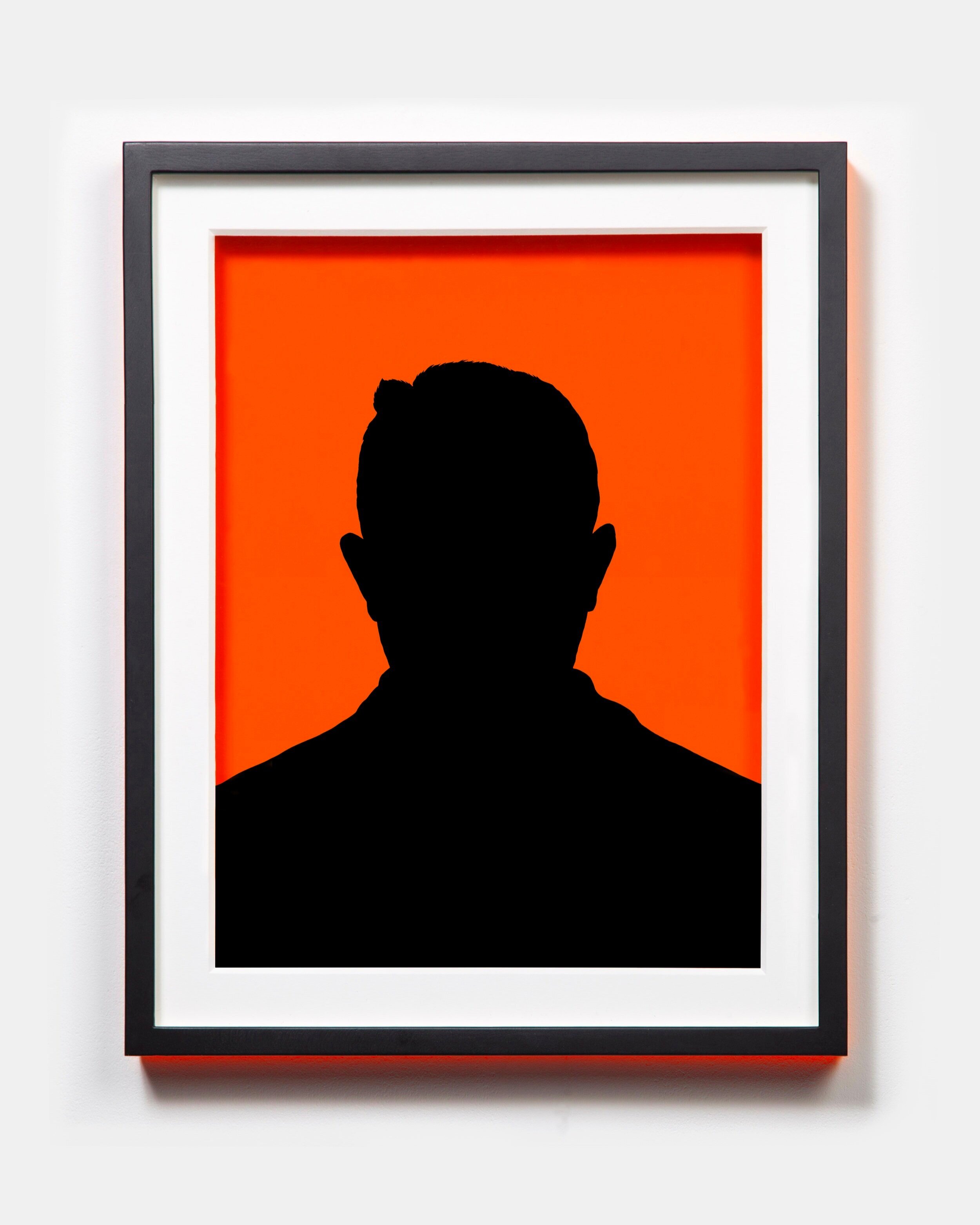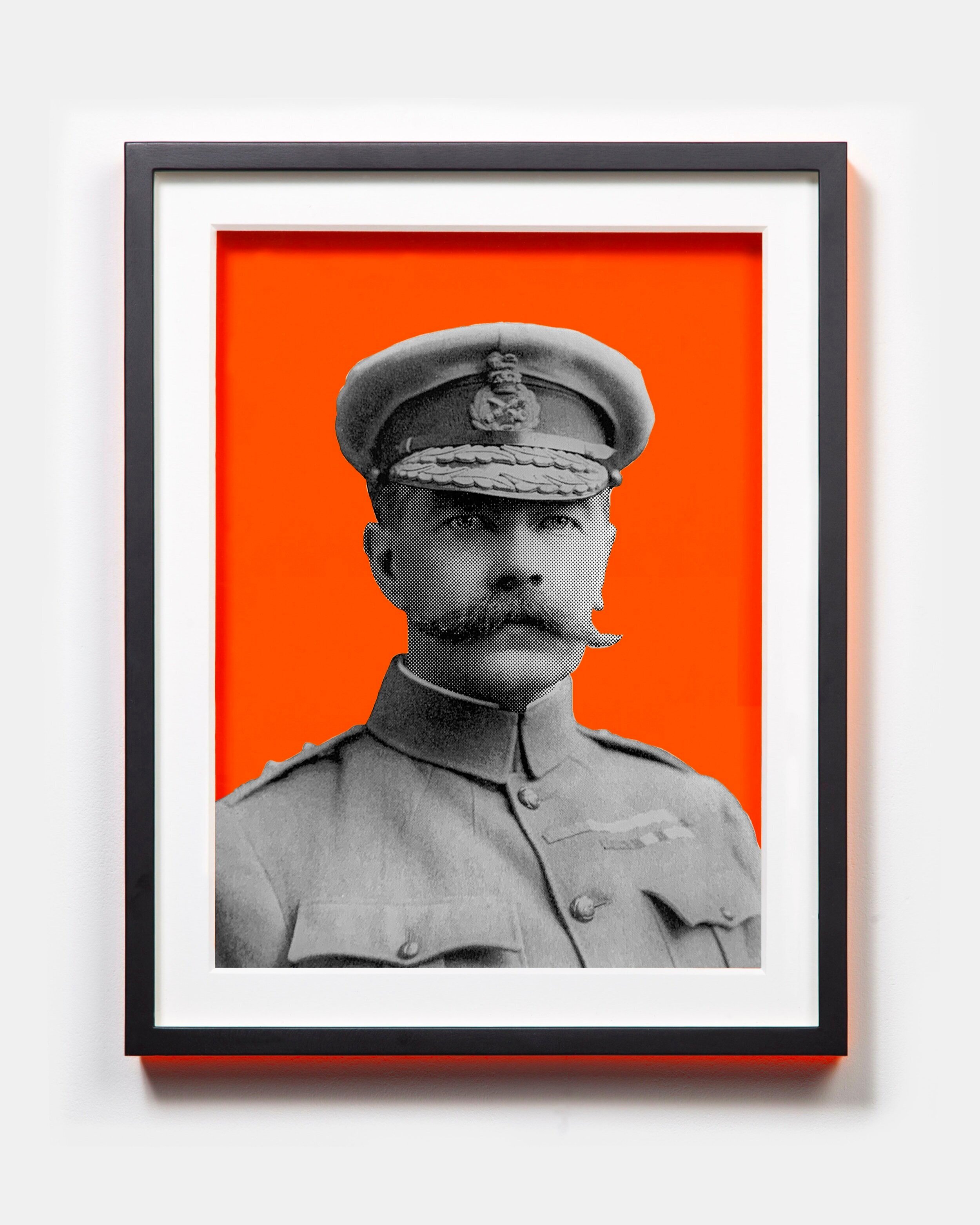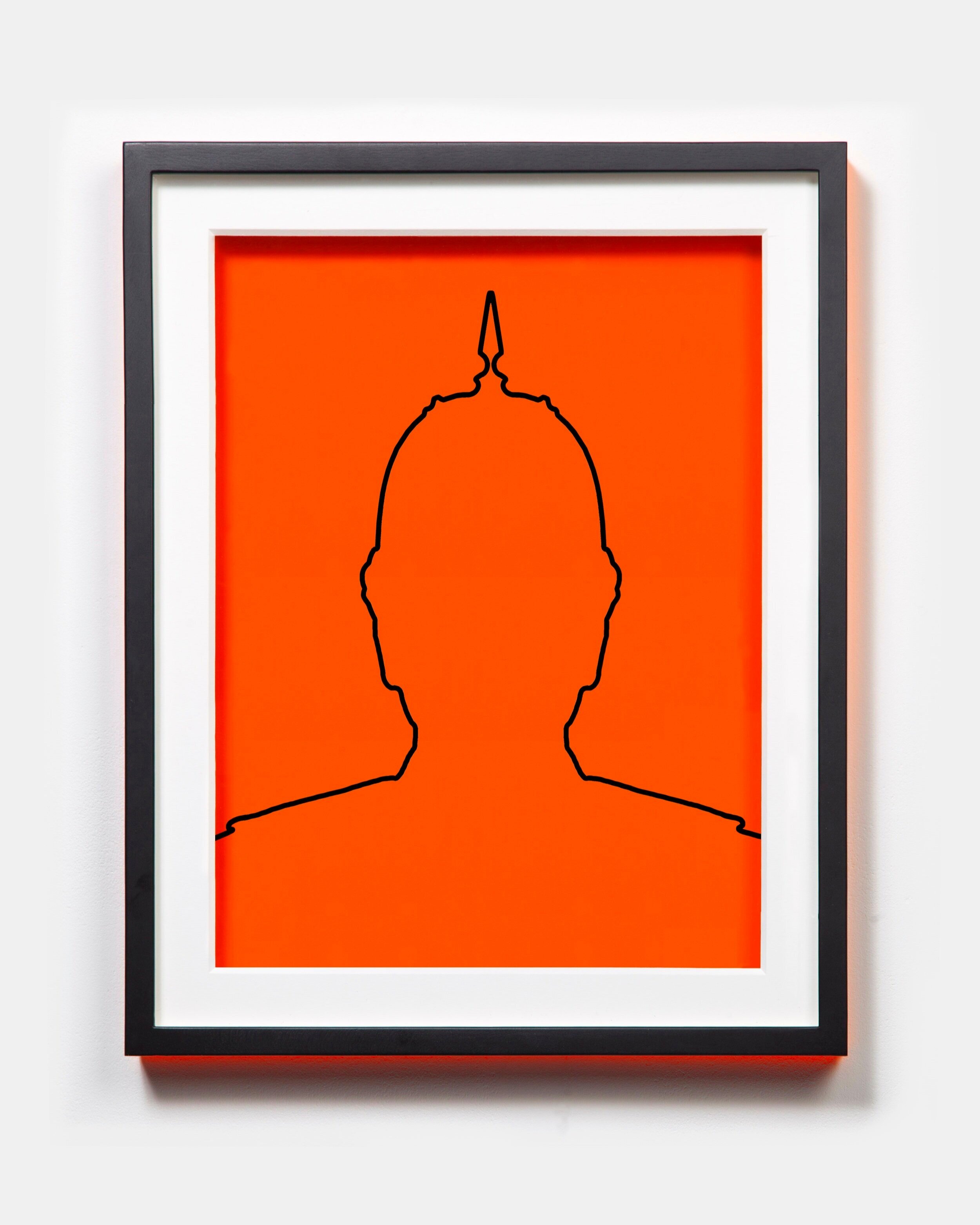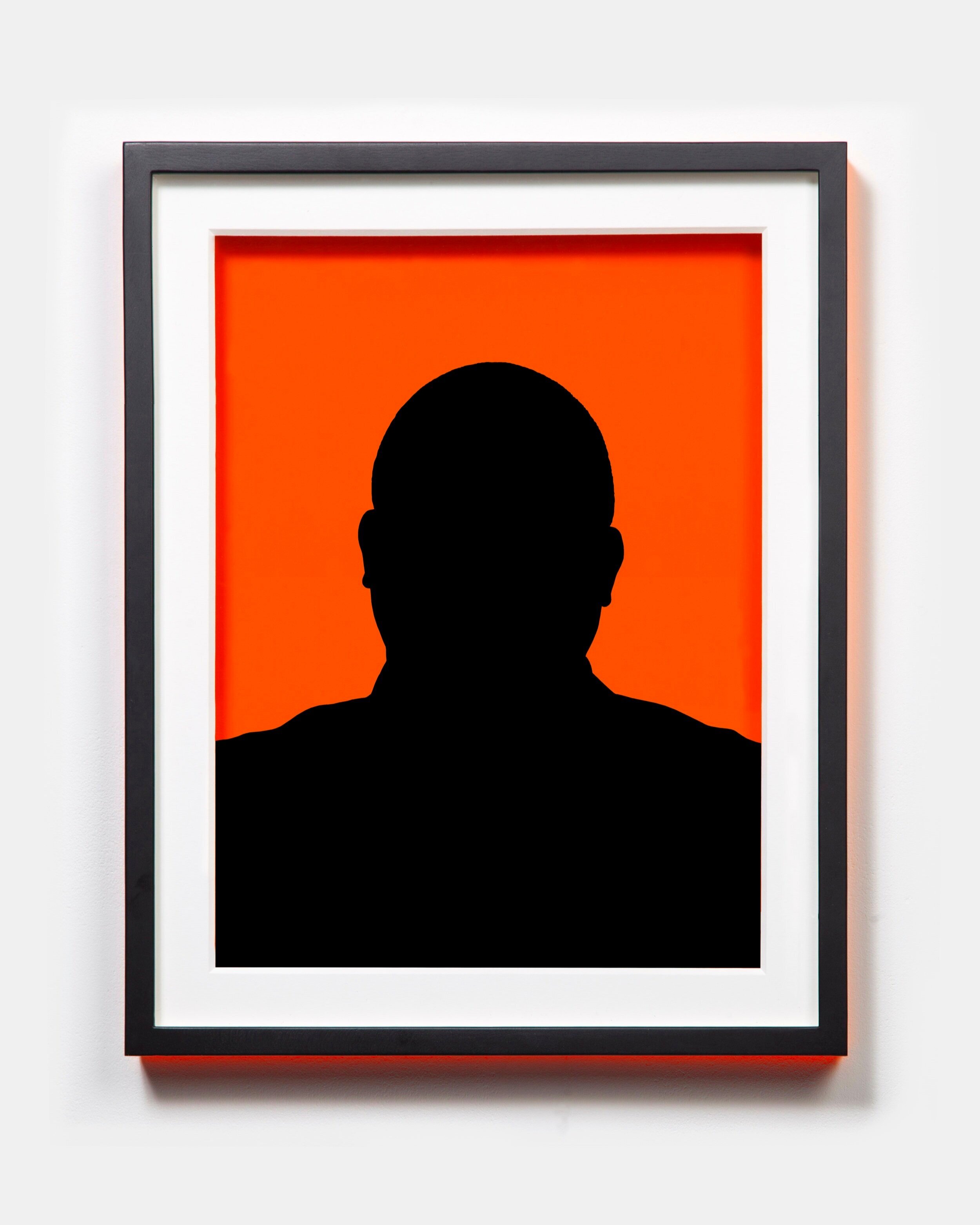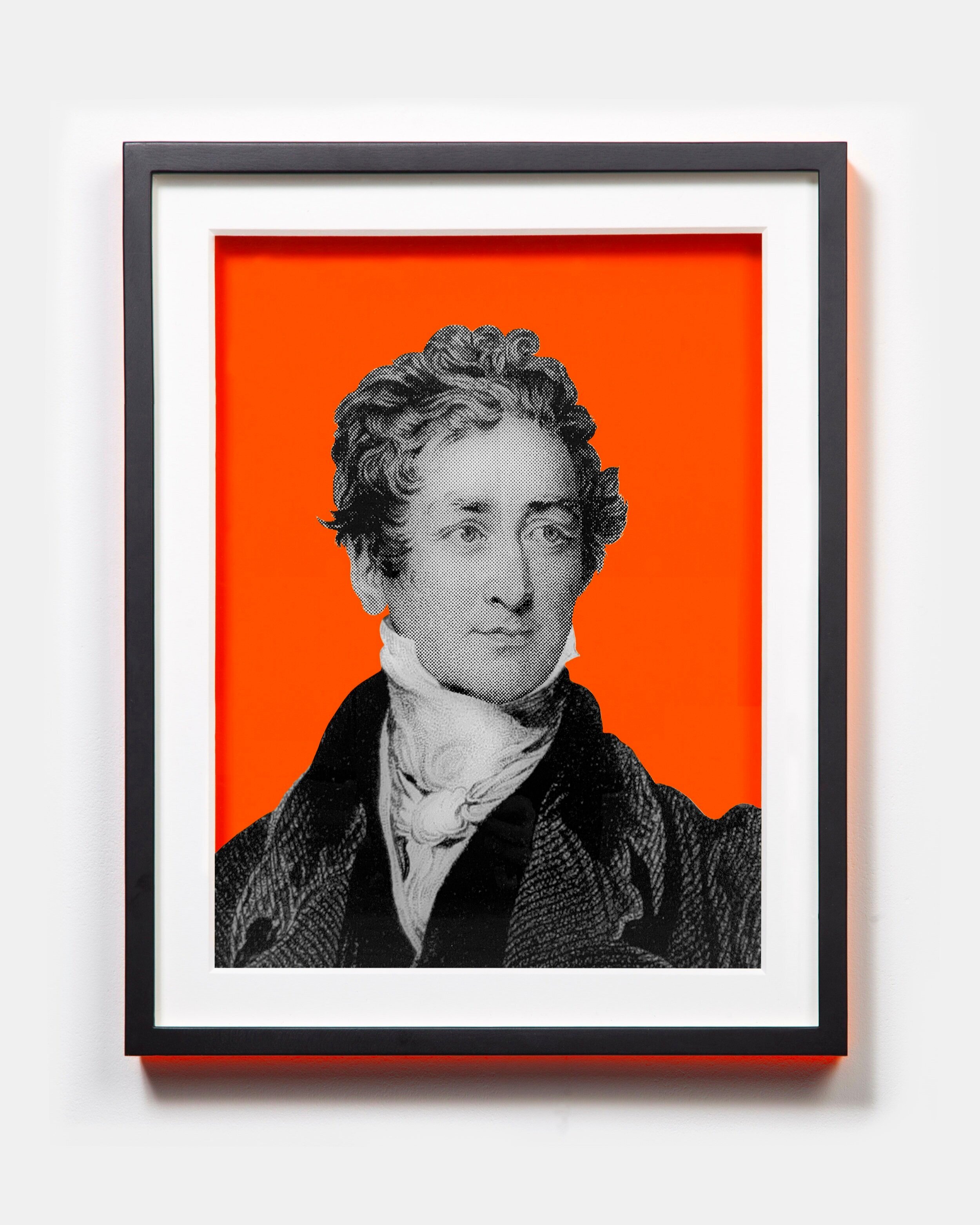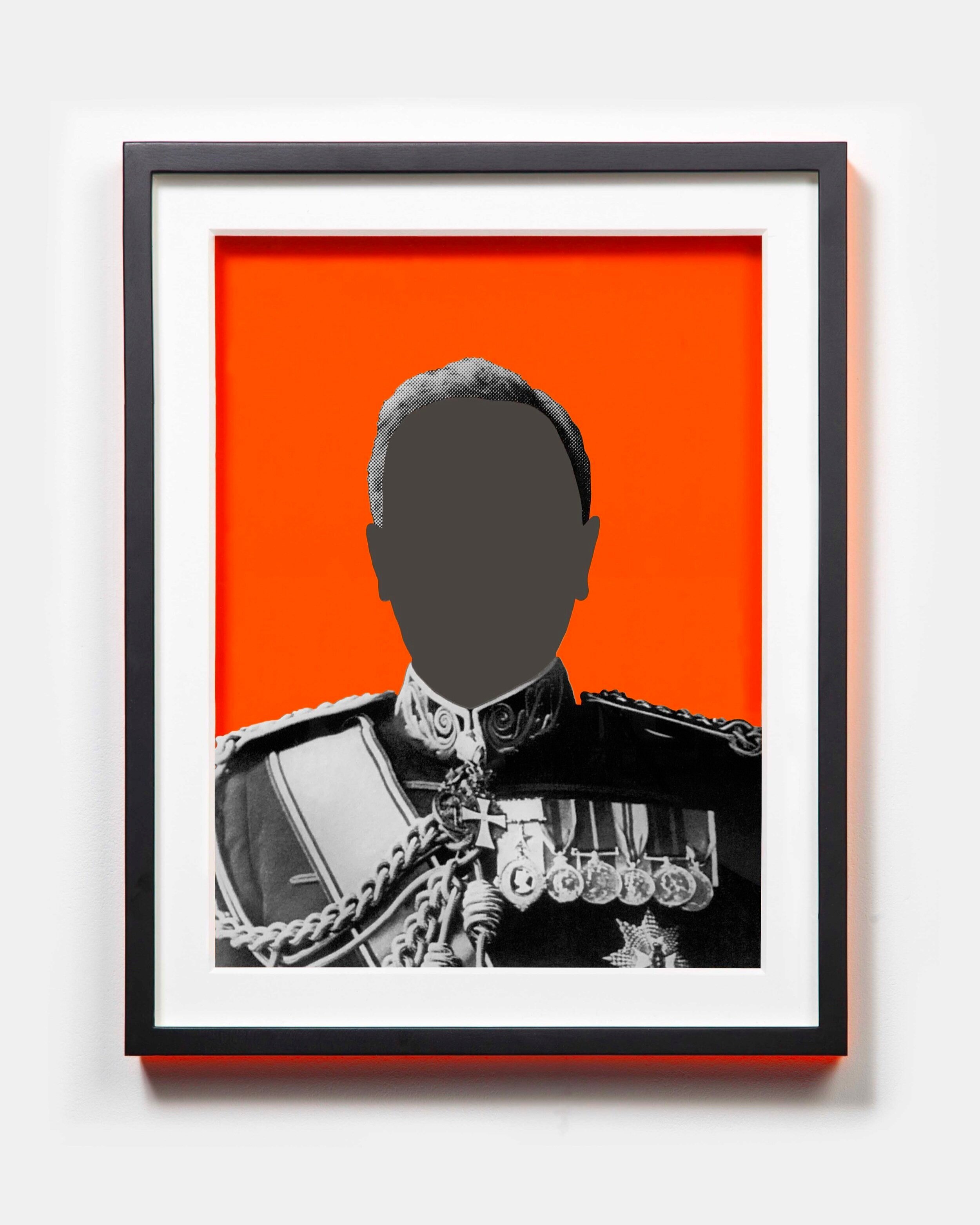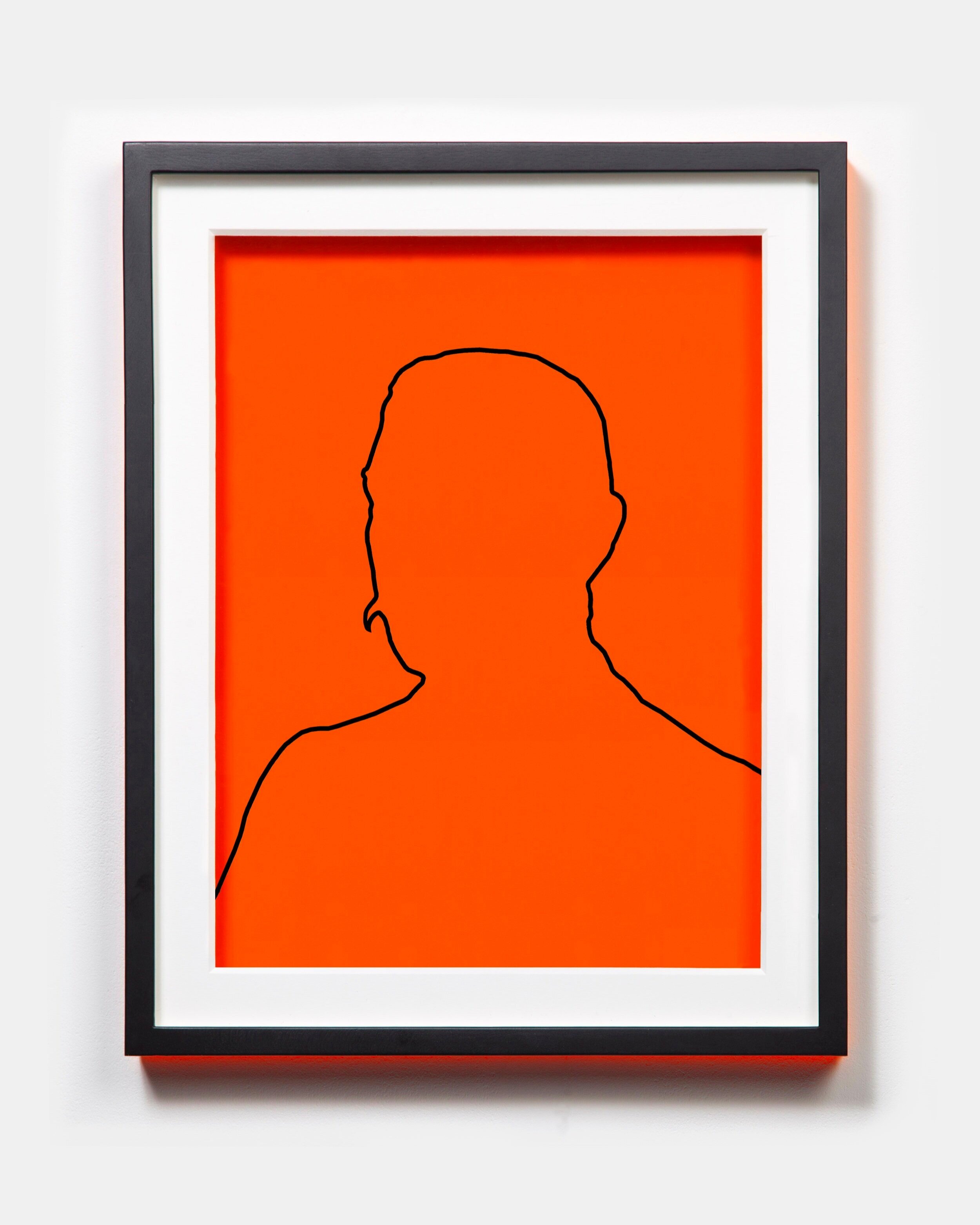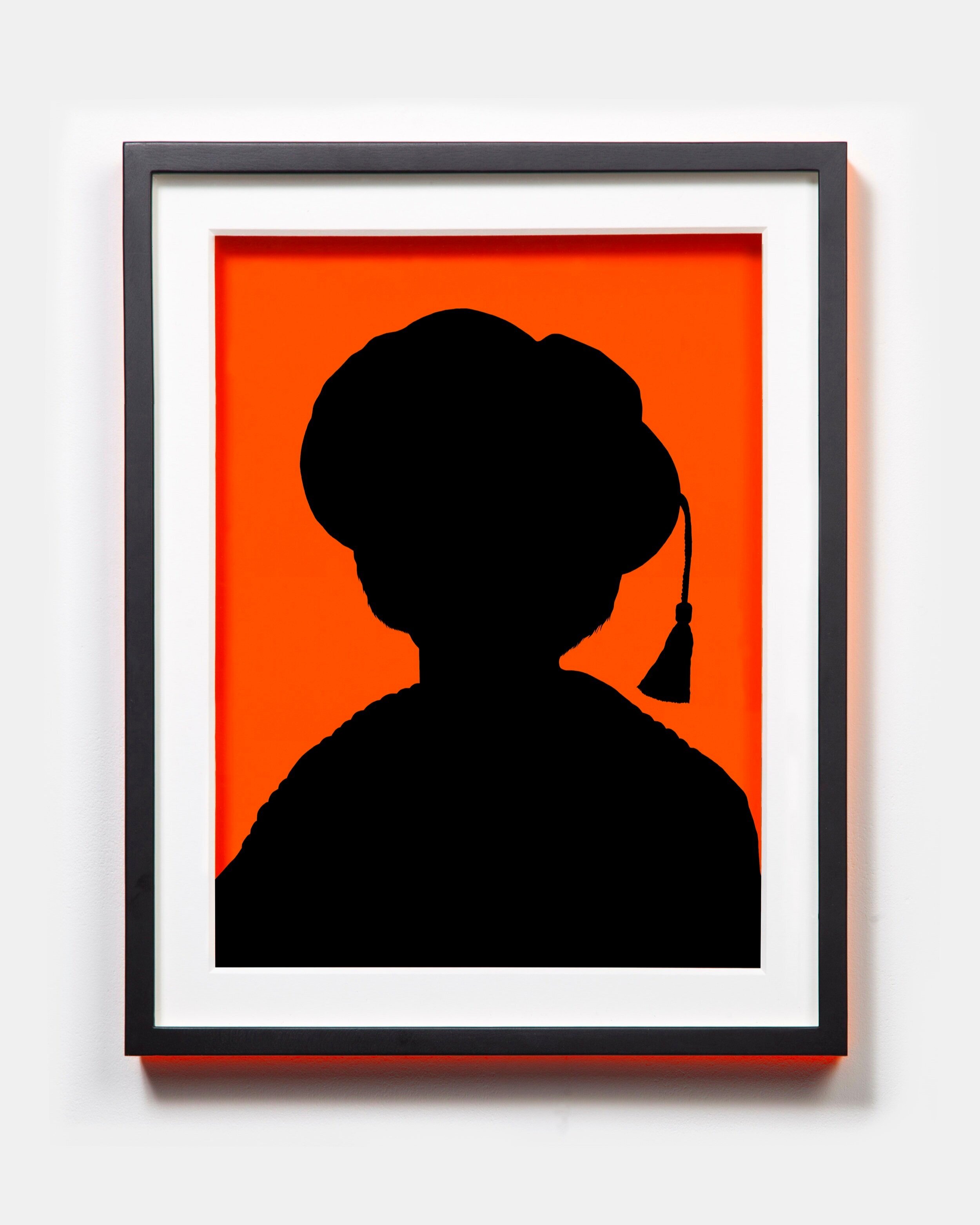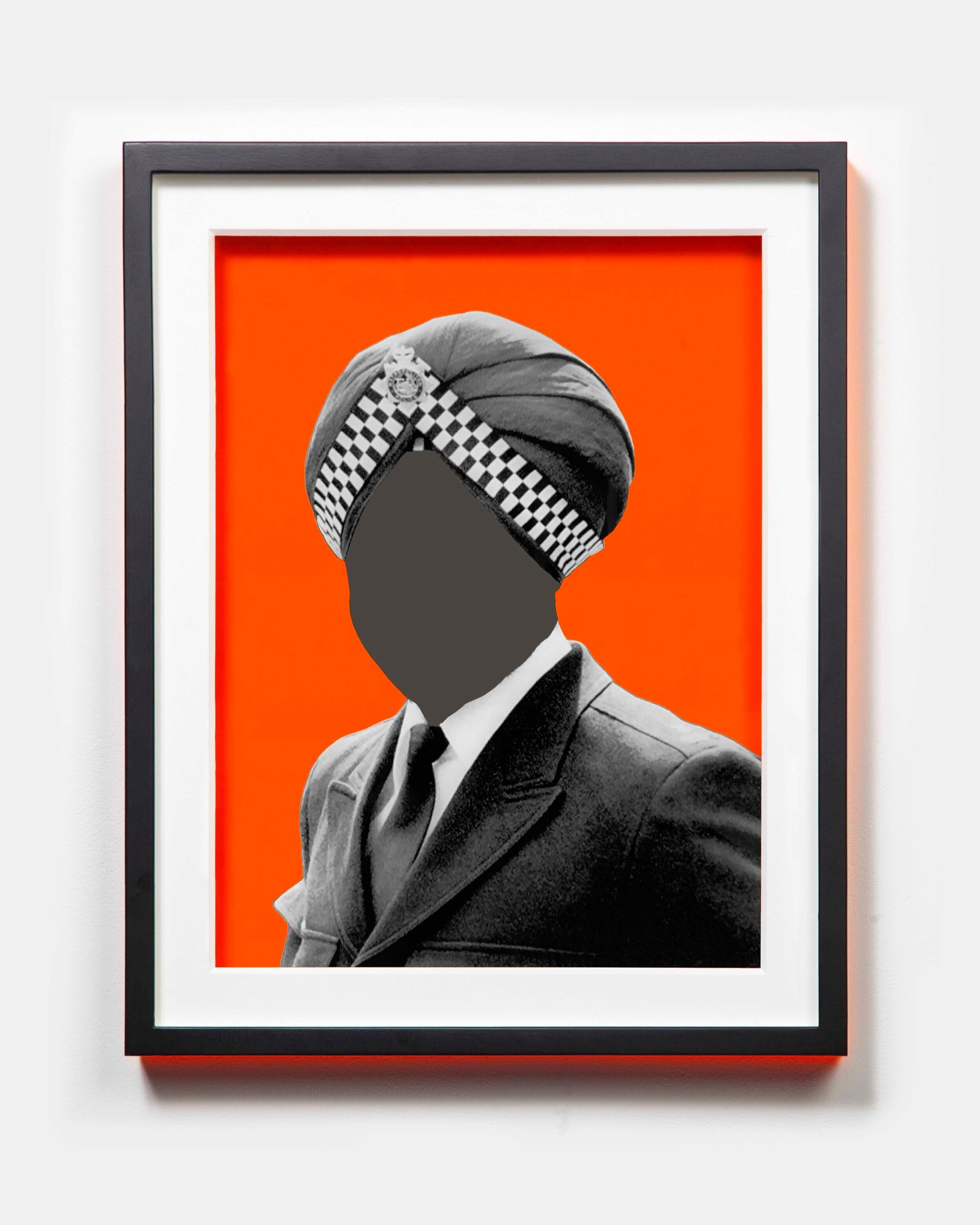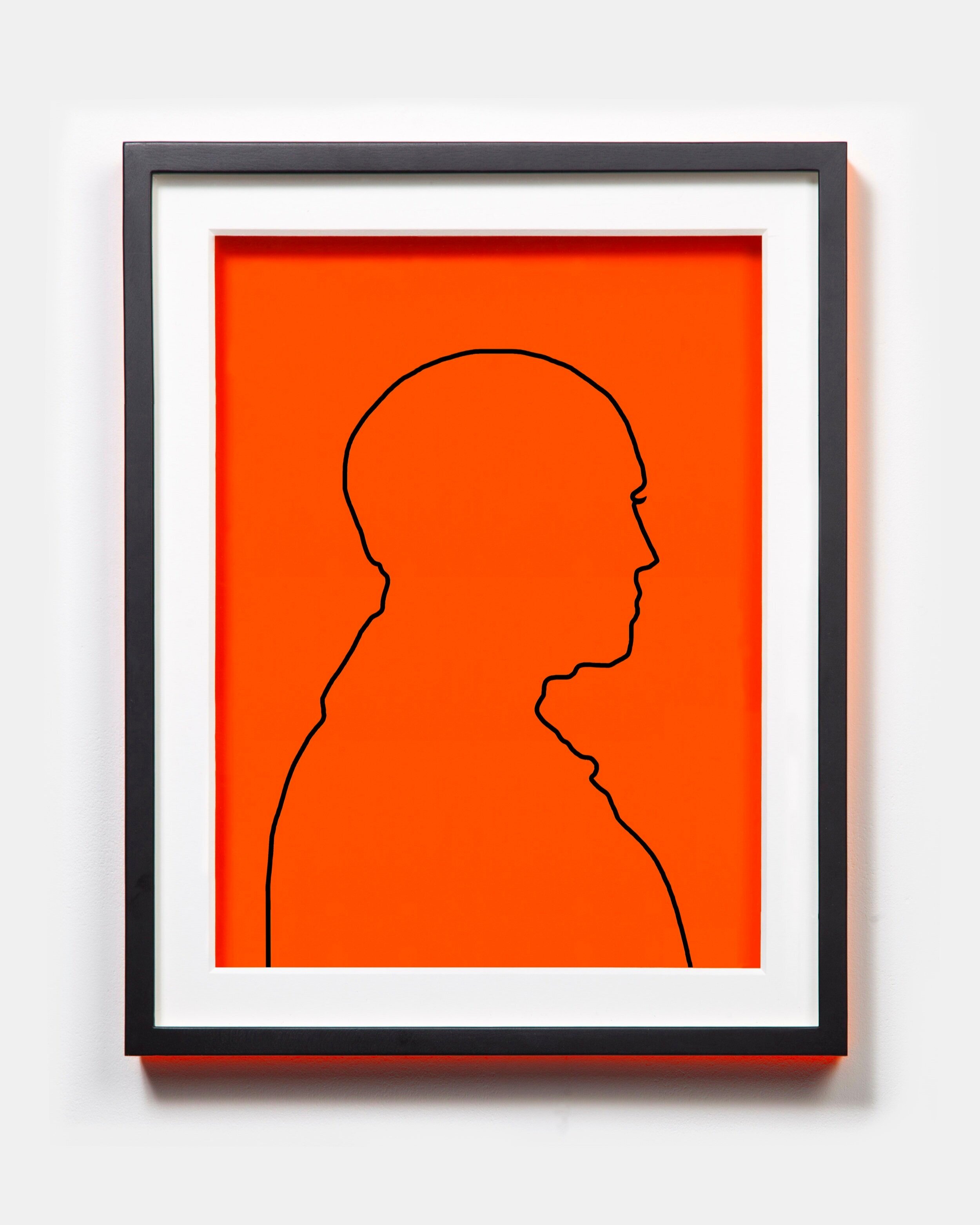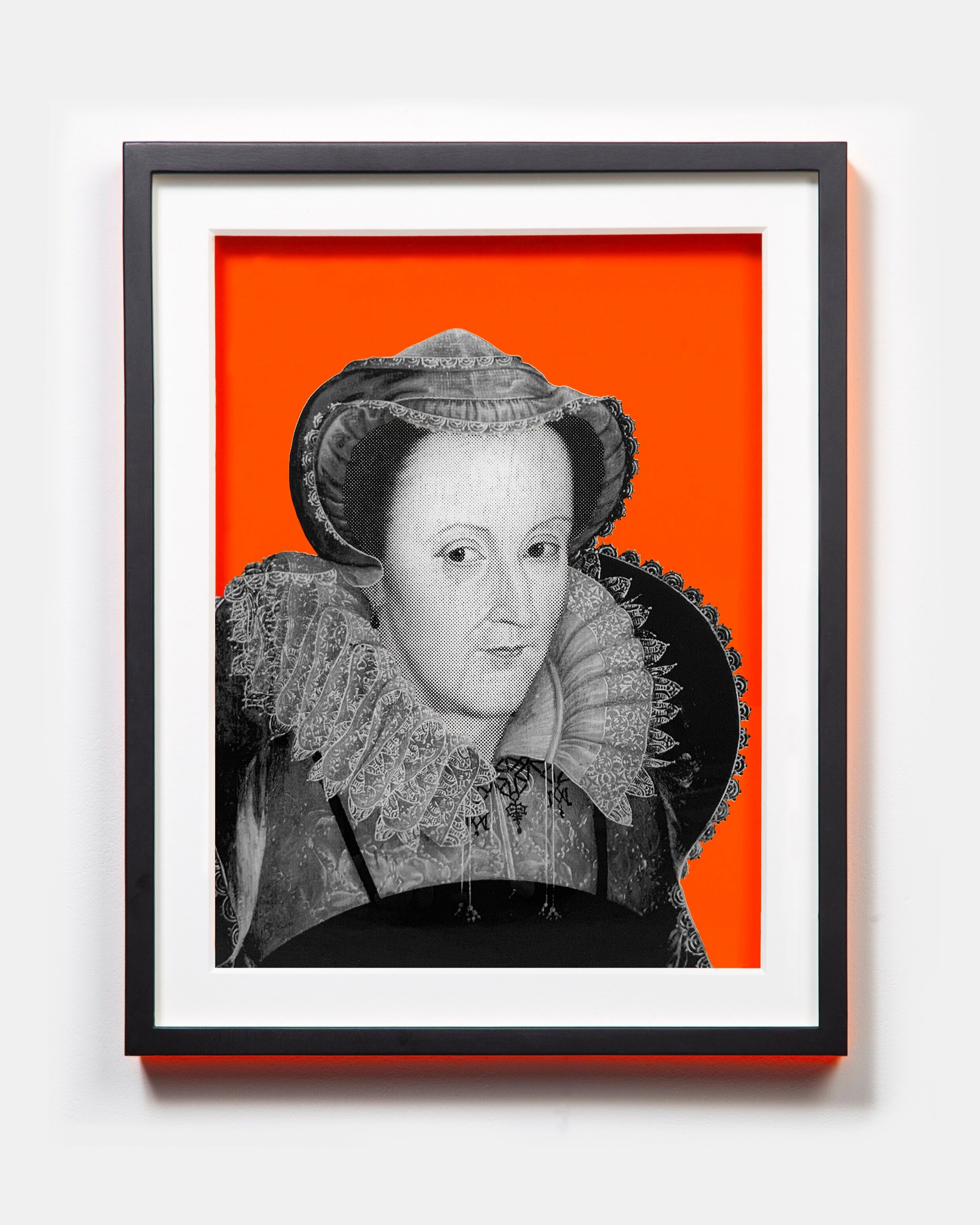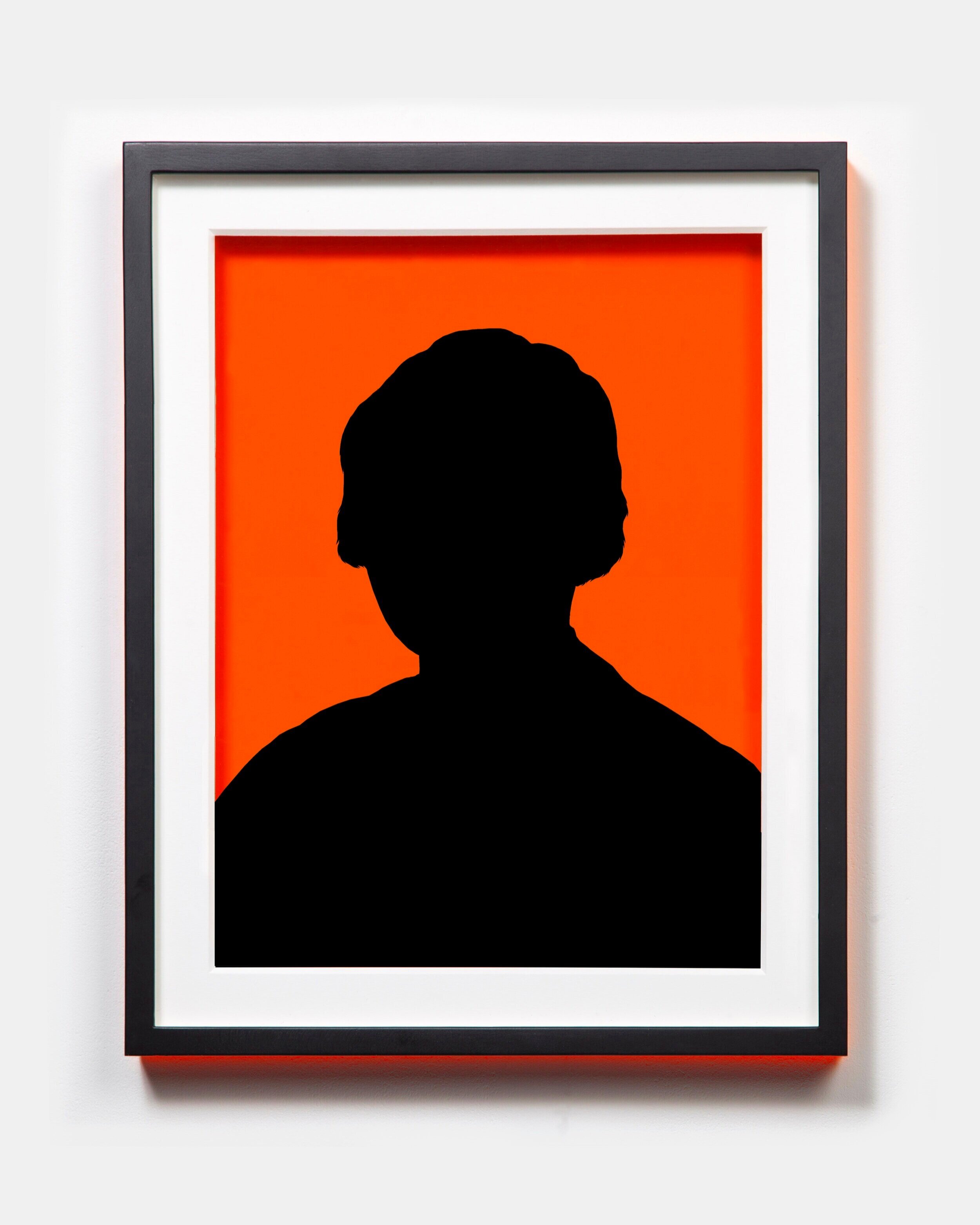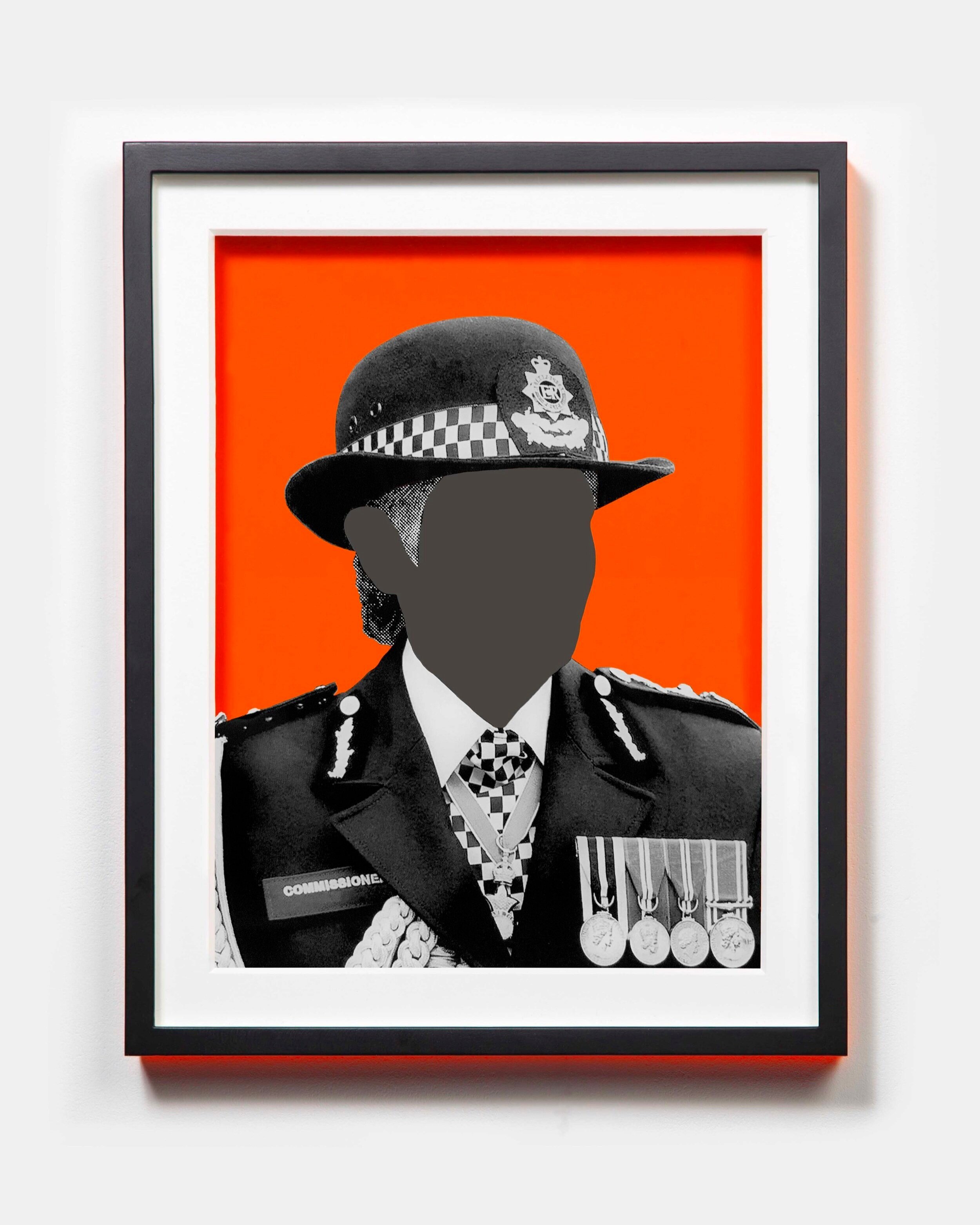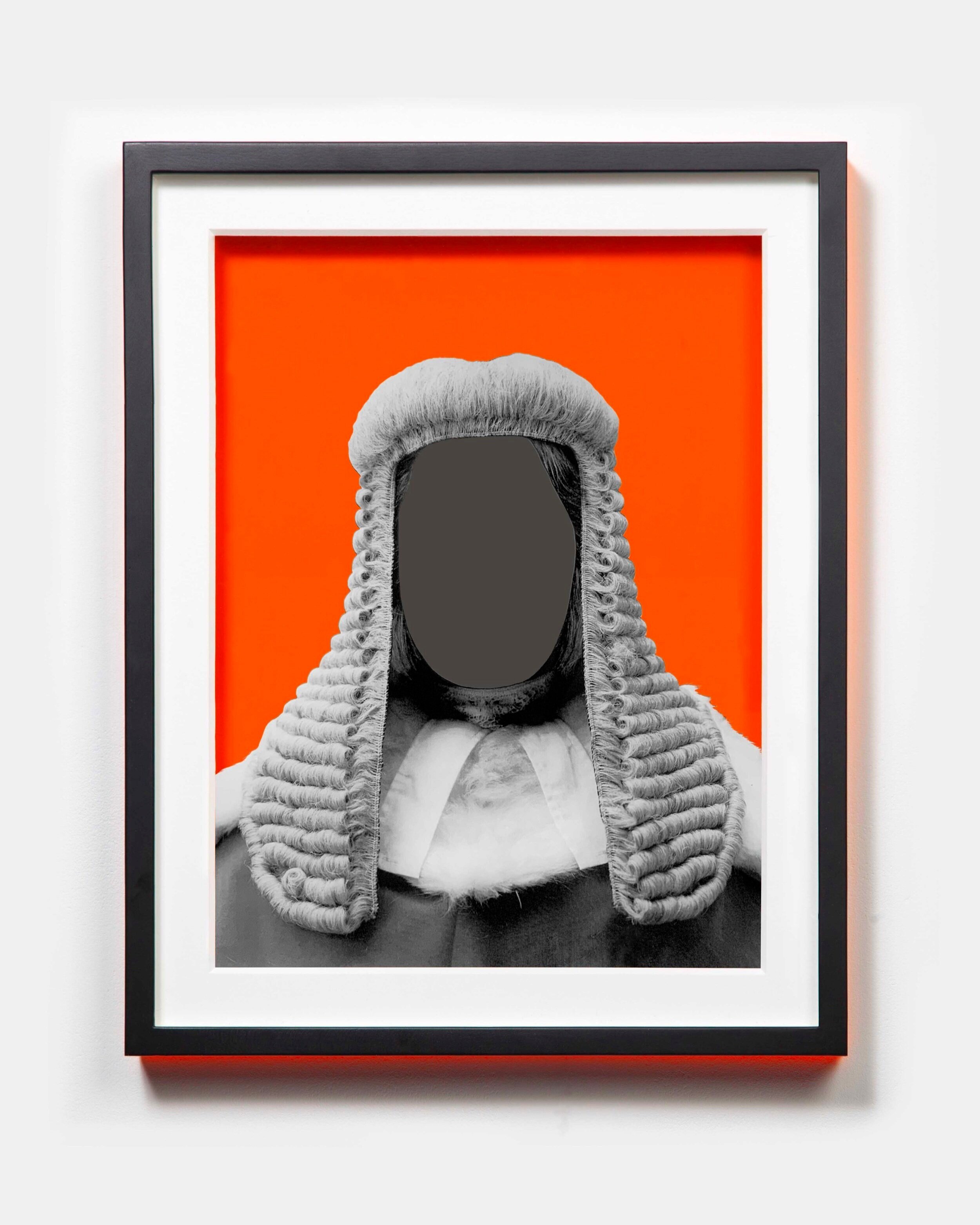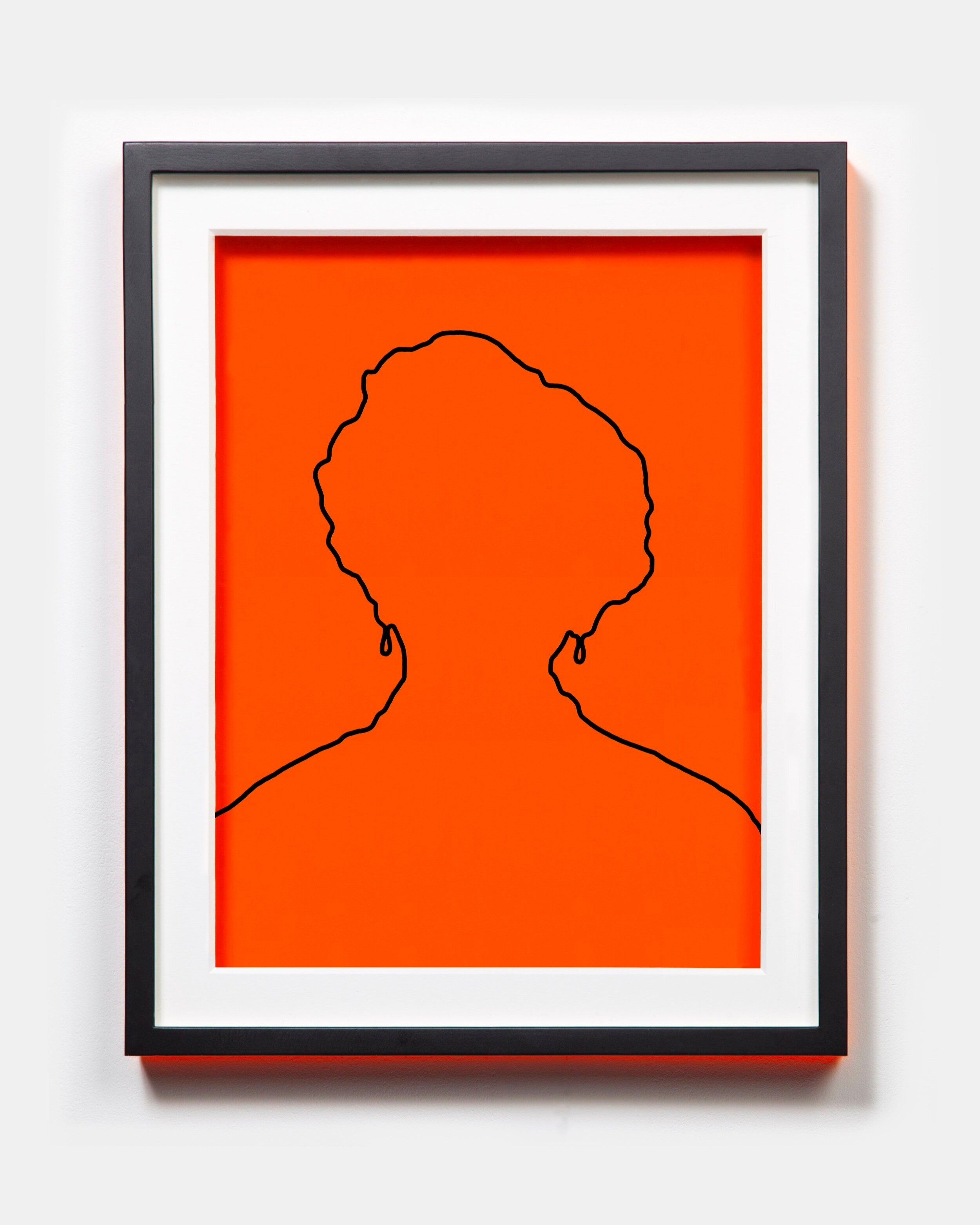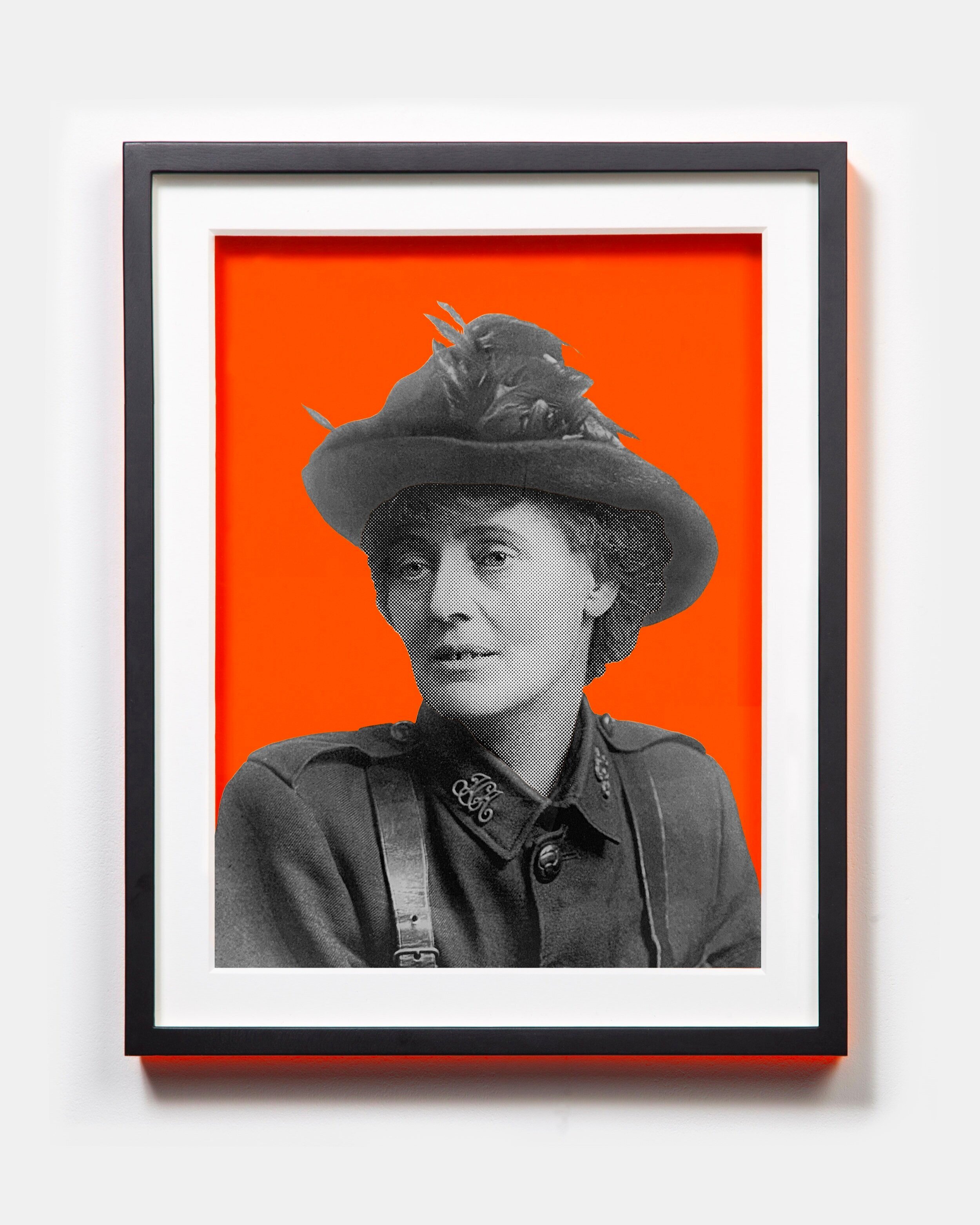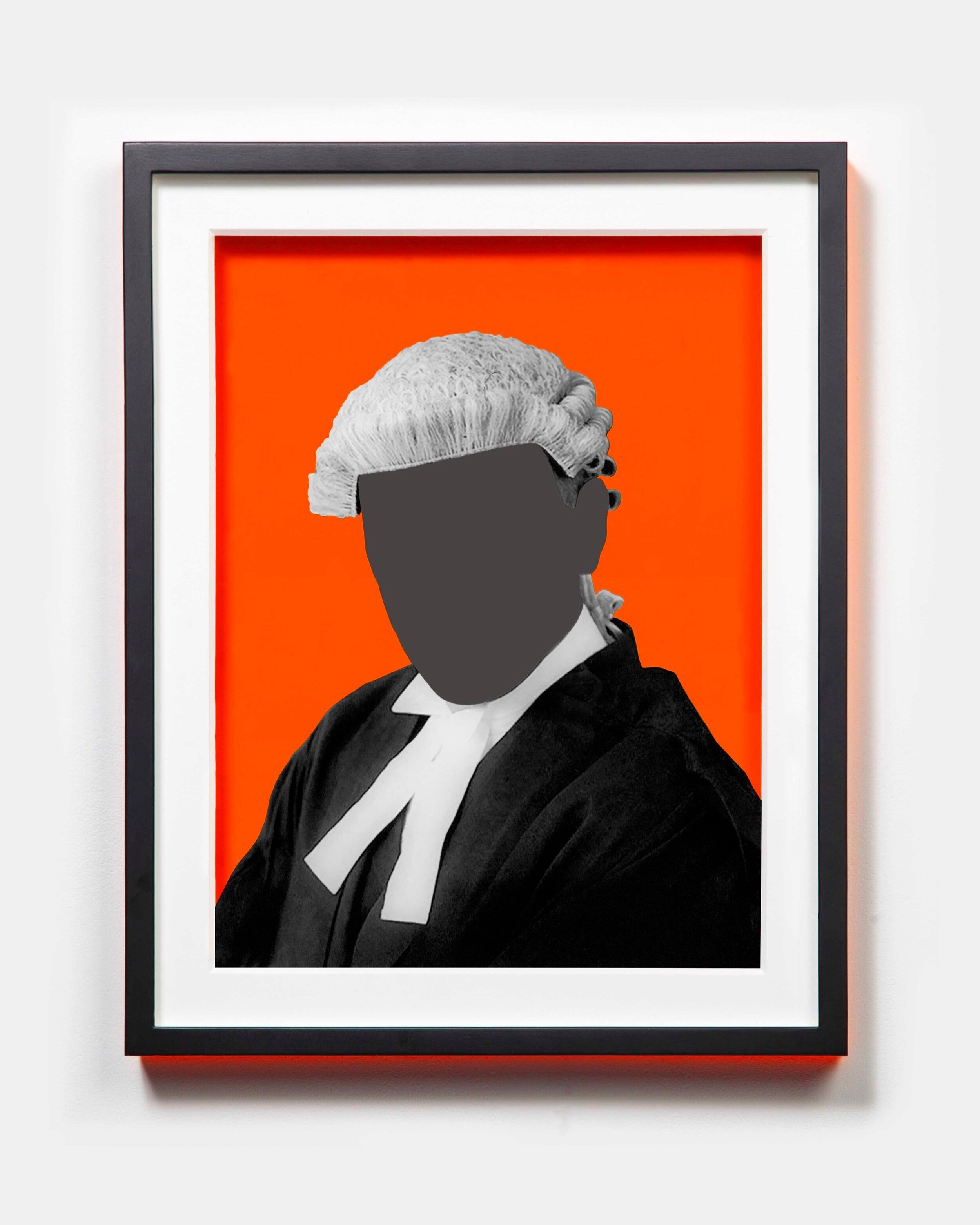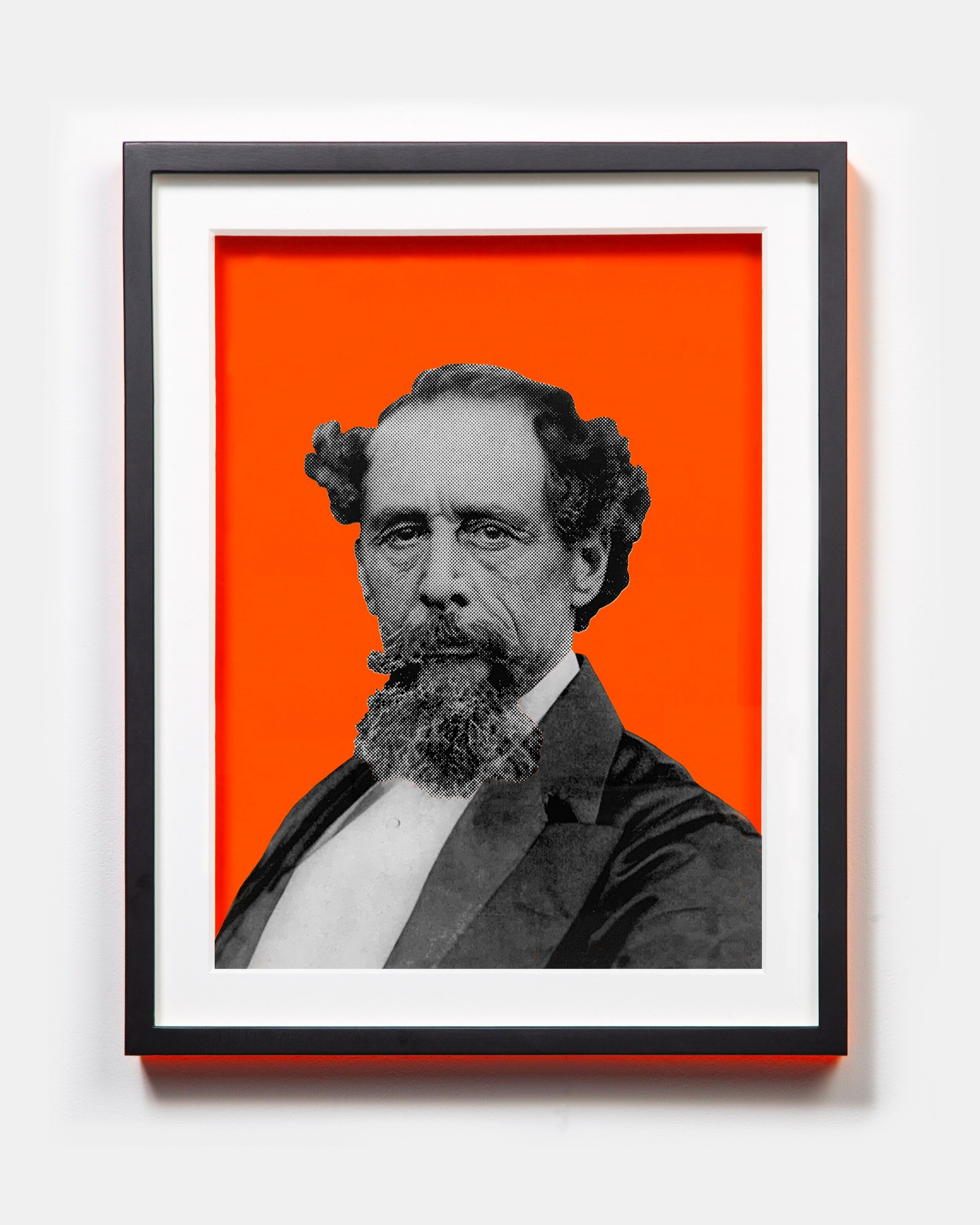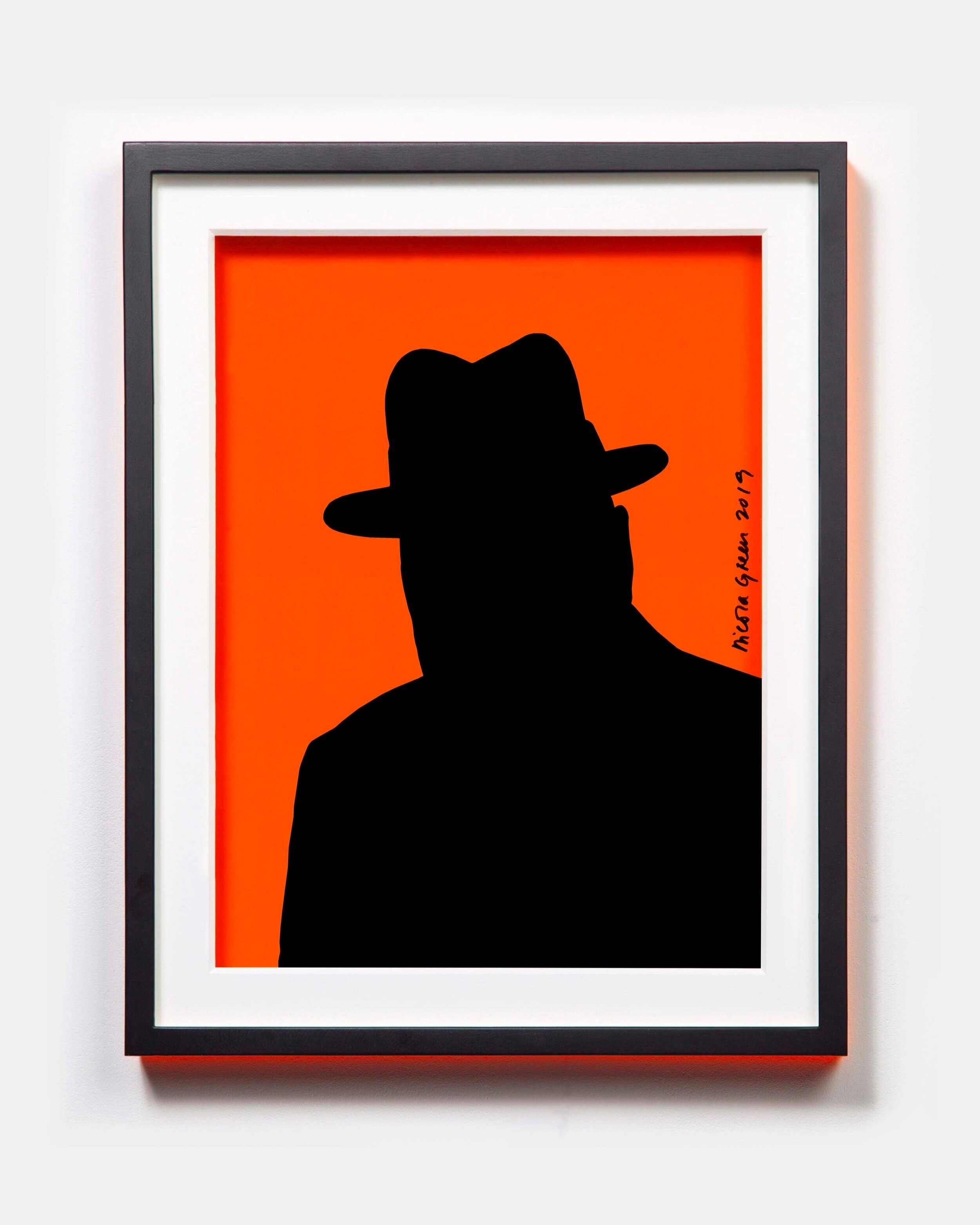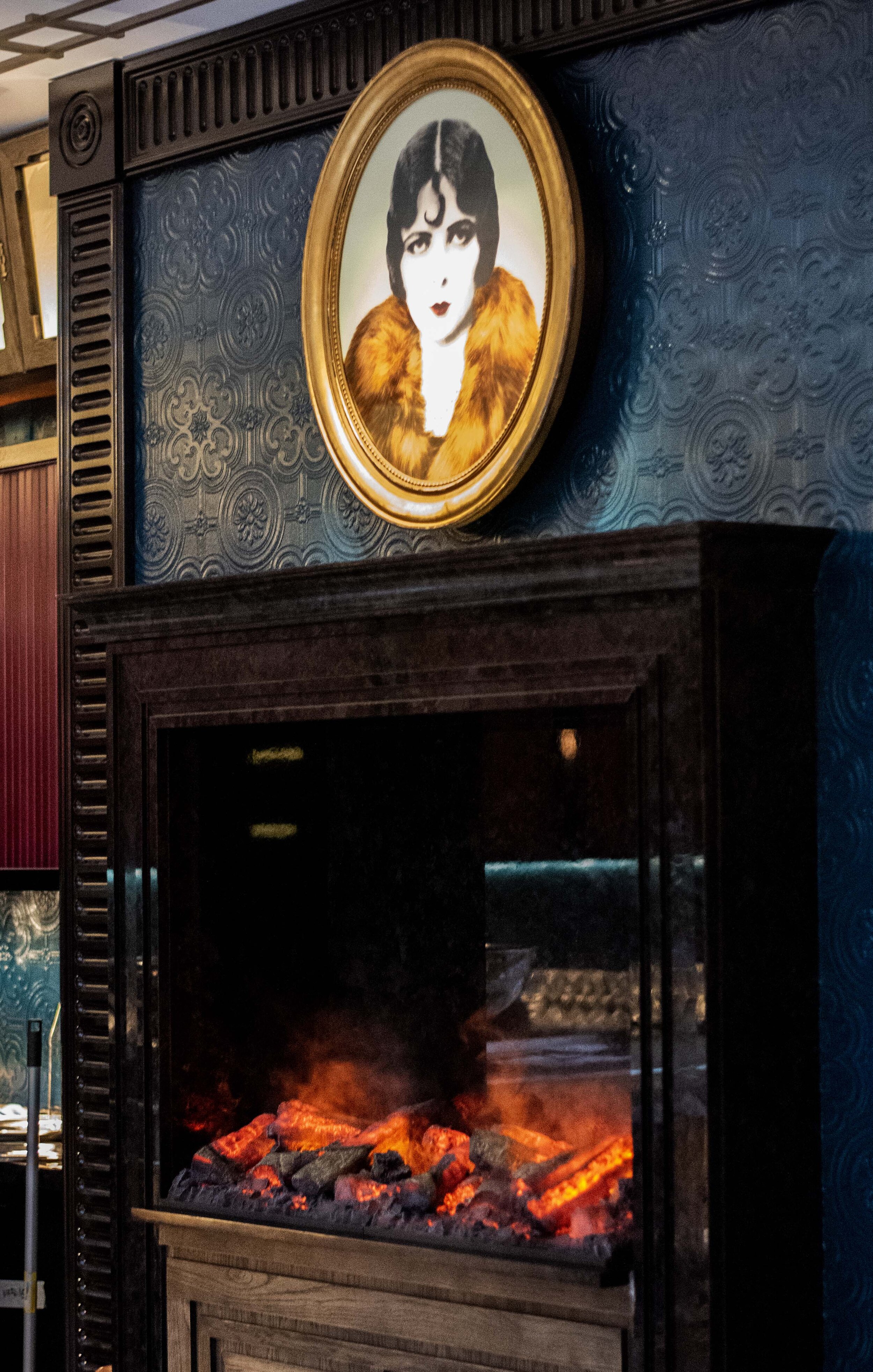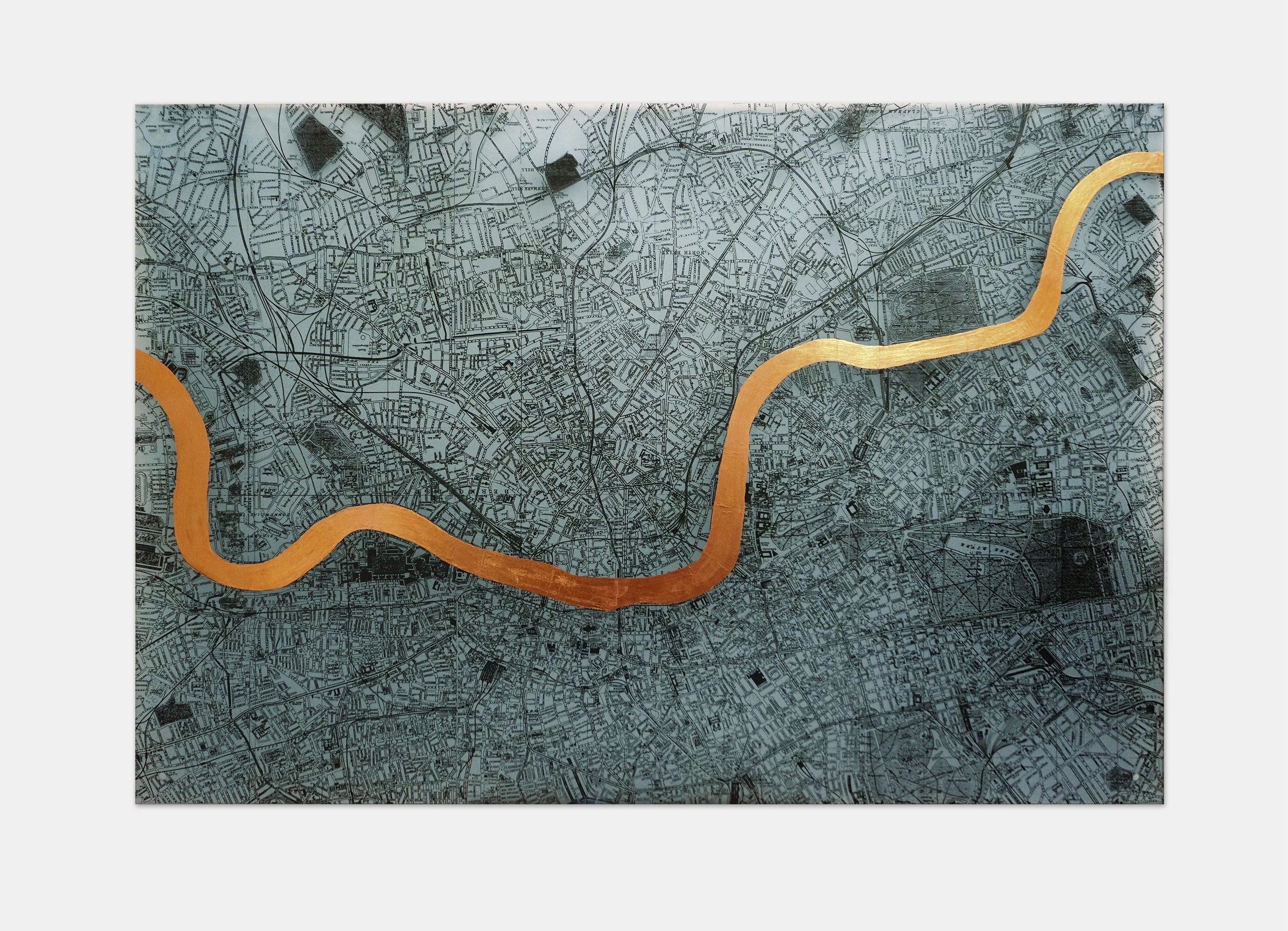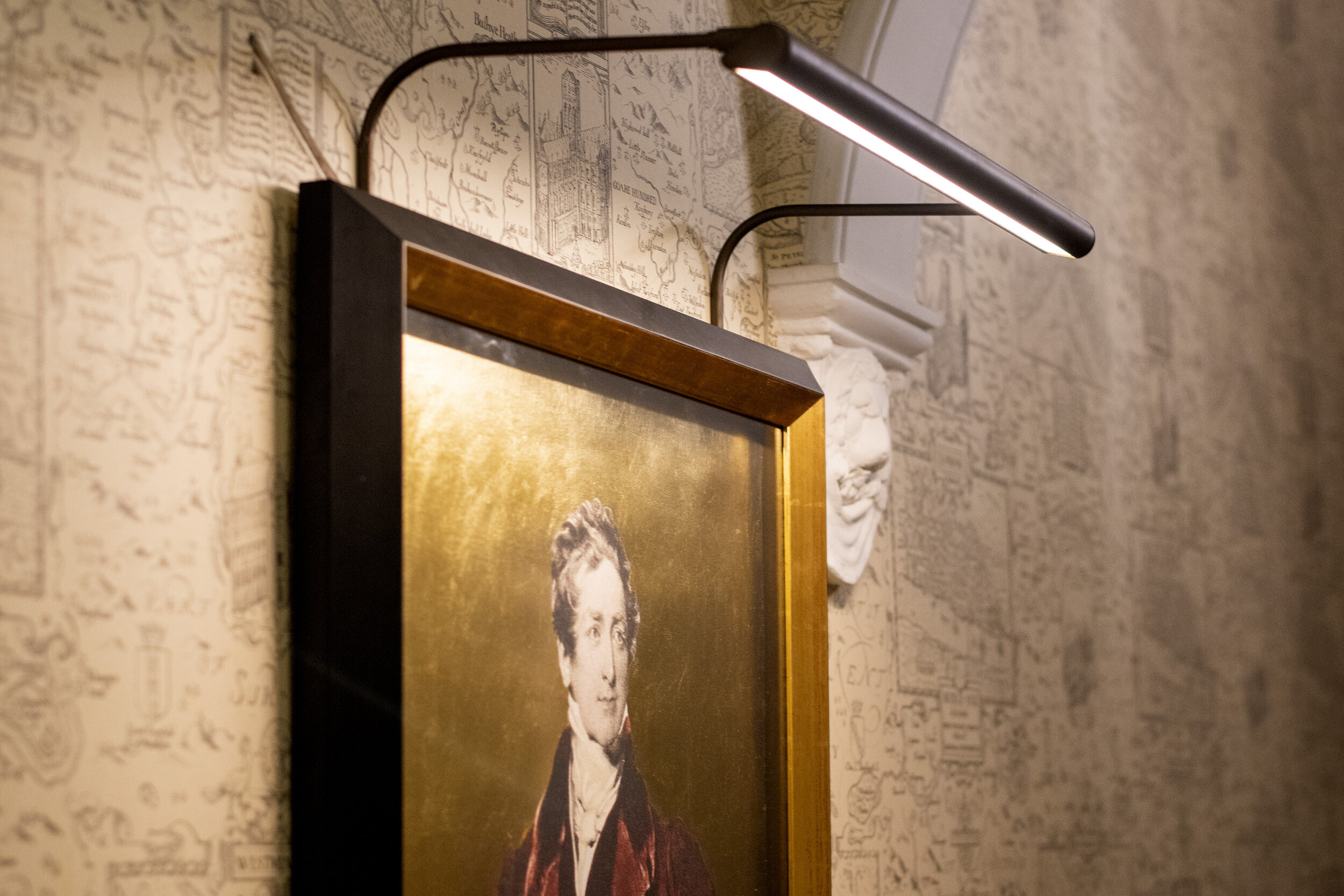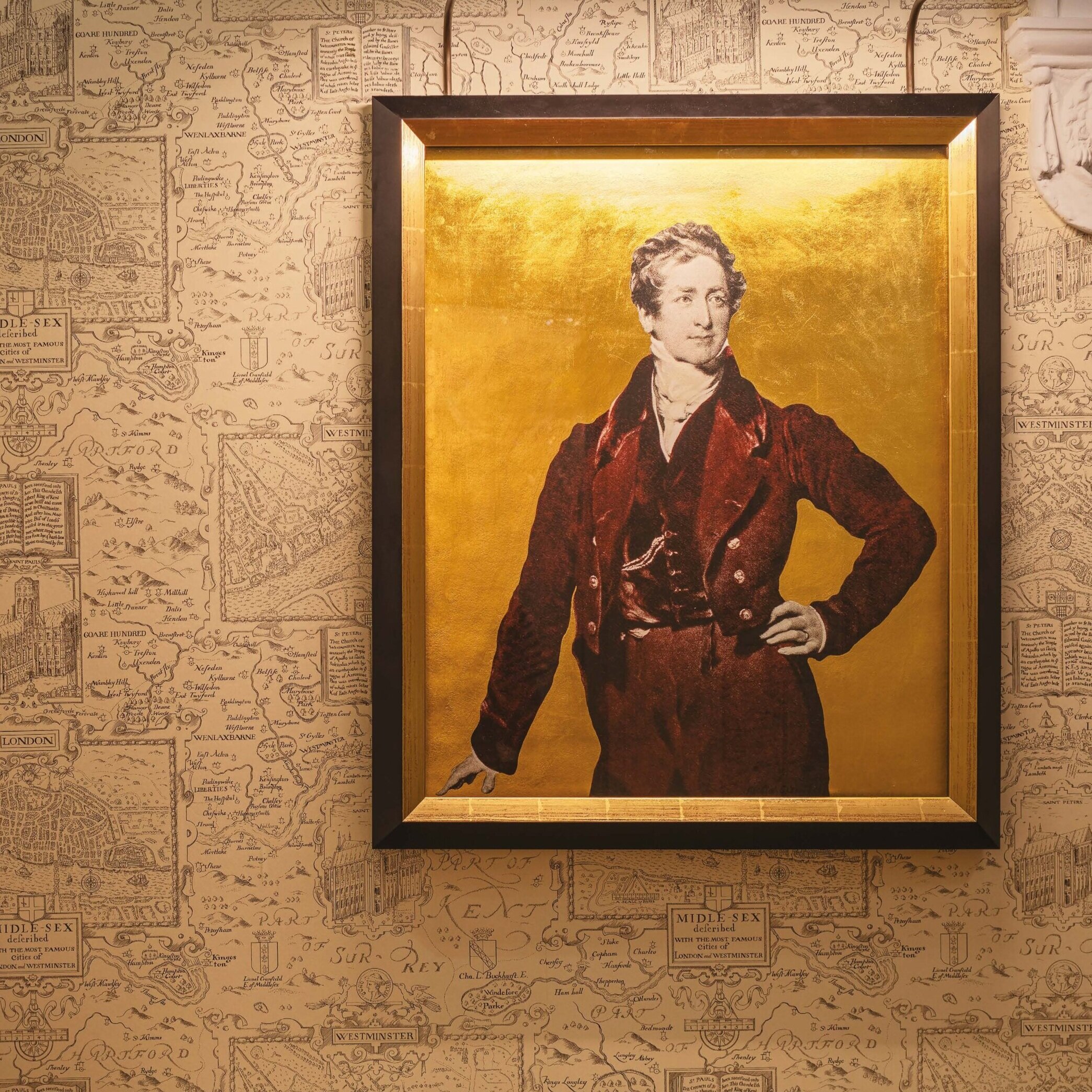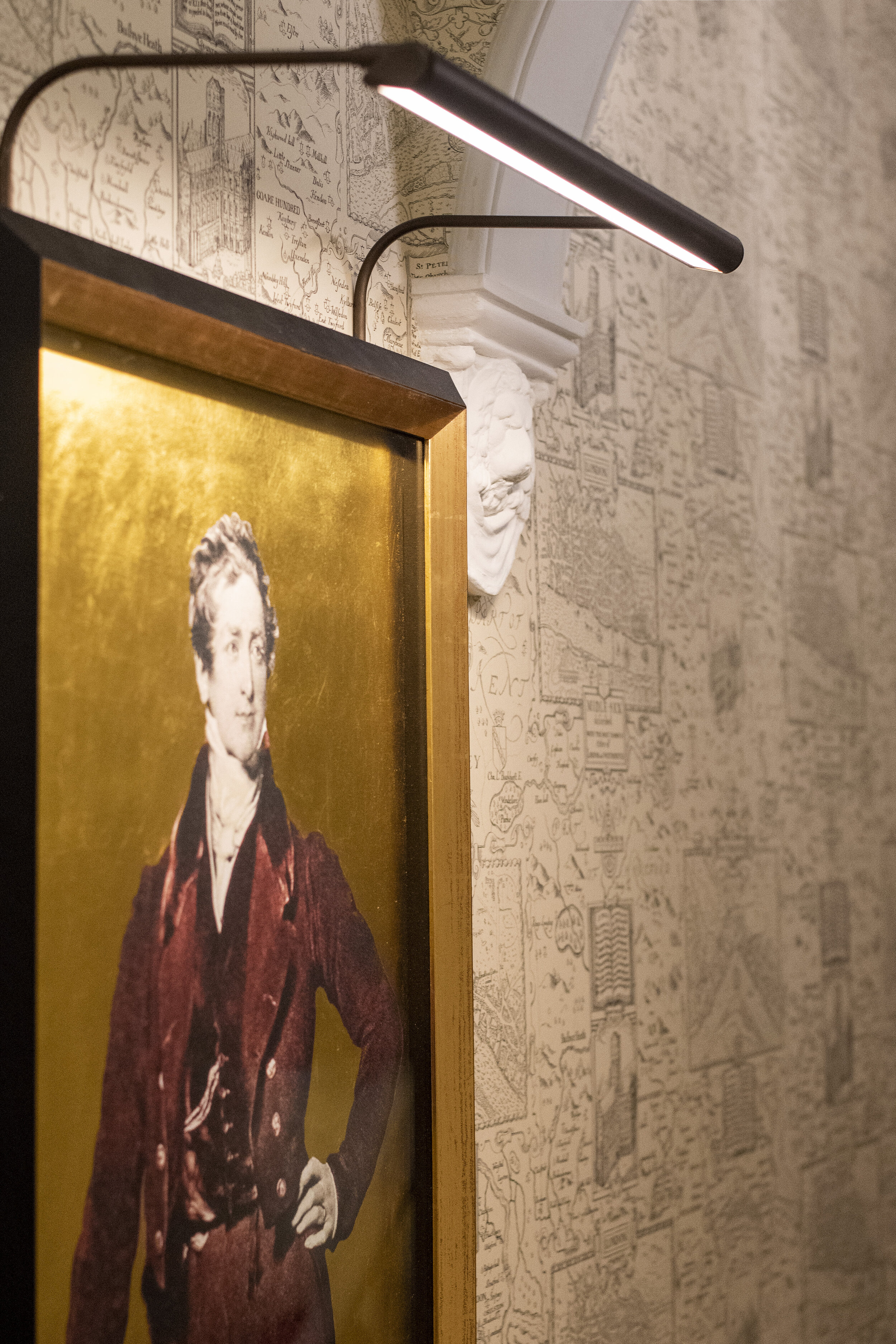Great Scotland Yard
Great Scotland Yard, the original home of the Metropolitan Police, is one of London’s most cherished and iconic buildings. Located in the historic St James’s district in the heart of Westminster, the Grade-II listed property has been transformed into a hotel.
The new owners, in association with Hollandrige Group, asked Nicola Green to create a series of works which would capture the fascinating history of the building. They sought Green out based on her reputation for taking on ambitious projects of social-historical significance.
Green has drawn out the most important and interesting narratives from the building's rich history, visually telling the story of Scotland Yard and creating a series of works which anchor the project.
The artwork in Great Scotland Yard showcases some of the best contemporary talent in Britain. Nicola’s work hangs alongside original works by leading artists including Cornelia Parker, Ally Mackie, Ann Carrington, Marcus Hodge and Piers Bourke as well as ceramics and sculpture created by serving prisoners working with The Koestler Trust.
Service
Service is the hotel’s flagship artwork. A bold installation exhibited in the hotel’s entrance hall, this work tells the extraordinary story of Great Scotland Yard through thirty portraits and establishes the narrative and themes that continue throughout the hotel.
Each portrait has been judiciously selected by Green to tell the multi-layered history of Great Scotland Yard. Through extensive research, Green chose a range of diverse characters including notorious gangsters and infamous criminals, prominent judges, lawyers and politicians, police personnel, literary figures and monarchs from the 12th Century to the present day, who all serve as the embodiment of the incredible history of this London landmark.
The portraits reference the iconic police ‘mugshot’ and this is accentuated by the curation which is reminiscent of a police station’s ‘rogues gallery’. Each sitter is a potential suspect, yet simultaneously, Green has taken the traditional medium of portraiture, the archetypal depiction of the rich and powerful, and applied it to members of all social strata, creating an equality of status among her subjects. By representing them in this way Green is blurring the boundaries of identity. Service is an exploration of gender, race and power, and the preconceptions we hold when we view others. It is also an interrogation of the criminal justice system, and our shifting ideas over time.
“Great Scotland Yard has a compelling history. The name alone has become synonymous with policing, and probably the most famous law enforcement agency in the world. This led me to so many stories – most of which are already in people’s consciousness – but I also wanted to tell the tales of the unsung heroes, the trailblazers who have fought for a fairer and more equal society.” Nicola Green
Each portrait has been carefully designed, with varying stages of complexity. Green has experimented with form, reducing visual clues such as profile, gesture and stance to the minimum required to maintain the essence of the sitter. The final result is a deceptively simple portrait, sometimes purely a linear outline or silhouette - yet still recognisable to the viewer. In some of the portraits the faces are masked and all that can be seen is the regalia, sometimes purely a linear outline or silhouette - yet still recognisable to the viewer. Identity boundaries are blurred, creating a space to consider assumed hierarchies, or prejudice about each subject. Each of the striking portraits is encased within a glowing Quasar Frame™- a pioneering and sustainable method of visual communication which produces a beautiful light as if powered by electricity.
Service is a striking feature that will greet guests as they arrive at the hotel and anchors the entire project. Green’s works have contributed to establishing the Great Scotland Yard hotel as a cutting-edge exhibition space, a must-visit destination for art lovers.
Please click the icons below for more information on each sitter:
Millbank and Spike
Each of the hotel’s bedrooms has been individually curated so that every room has become a micro-gallery, featuring several artworks including a series of prints by Nicola Green.
As with all her work, the process of creating the bedroom prints began with meticulous research. Developing upon the themes explored within the lobby work, Service, and inspired by the story of Great Scotland Yard, Green explored the history of crime, punishment and prisons in London. She discovered intricate floor plans from the historic Millbank Prison, which operated from 1816 -1890, just a stone's throw from Great Scotland Yard, on a site which is now home to Tate Britain.
The Millbank plans are in a six-point pentagram shape inspired by Jeremy Bentham’s designs for the Panopticon – an institutional building structured so that all inmates would be seen at all times without exception. To the discerning viewer this image represents the severity of Victorian prisons, with draconian methods of crime and punishment and constant surveillance. At first glance, this blueprint could be mistaken for a decorative geometric pattern, a star or a floral design. It is the juxtaposition of such a pleasing image, with a more disturbing history, that makes this visually powerful.
Green also created a motif using a traditional police helmet, reflecting the pentagram shape of the Millbank series. She has transformed both the floor plans and helmets by reducing the images to their most essential line and form, creating deceptively simple graphic shapes.
The bedroom works are Giclée fine art digital prints. They have been printed using the highest quality pigments and paper, creating a richness of colour to the warm jewelled palette. This has been embellished with 24k gold and metal leaf applied by hand.
Bob Haired Bandit
Installed above the fireplace within the grand Forty Elephants Bar is Nicola Green’s Bob Haired Bandit.
The Bob Haired Bandit features Lillian Rose Goldstein (née Kendall) a key member of the notorious Forty Elephants Gang. The Forty Elephants were active throughout the 19th and 20th century, but their heyday was in the interwar period. The gang operated from the Elephant and Castle District, allied to the Elephant and Castle Mob. They raided quality stores in the West End of London wearing expensive looking clothing modified to include hidden pockets, concealing their loot in their coats, cummerbunds, muffs, skirts, bloomers, and hats. They took advantage of Victorian sensibilities and prudish attitudes towards women’s bodies
The gang specialised in shoplifting luxury items such as diamond jewellery and furs. In the 1920s they began mimicking the decadent lifestyles of ‘the bright young things’. They started using getaway vehicles - Goldstein was a daring driver specialising in ‘smash and grab’ and on several occasions, she used her car as a way to ram store fronts such as Cartier’s on Bond Street. Green was inspired by a description of Alice Diamond, the leader of the Forty Elephants, as the Queen who reigned from prison. The Forty Elephants challenge societal ideas of traditional gender roles, and the assumptions we make when we think about criminals. This led the artist to consider the relationship between crime, gender and leadership. There is much more to Lillian Goldstein than meets the eye - behind her overtly feminine appearance is an incredibly nuanced character and an interesting interplay between masculinity and femininity; both brutal and tender at the same time, making a captivating image.
This work is a 5-colour silkscreen print, inspired by a glamorous headshot of Goldstein. The print has been hand painted with oils and embellished with diamond dust to accentuate the luxuriousness of the Goldstein’s - likely stolen - furs and jewellery.

